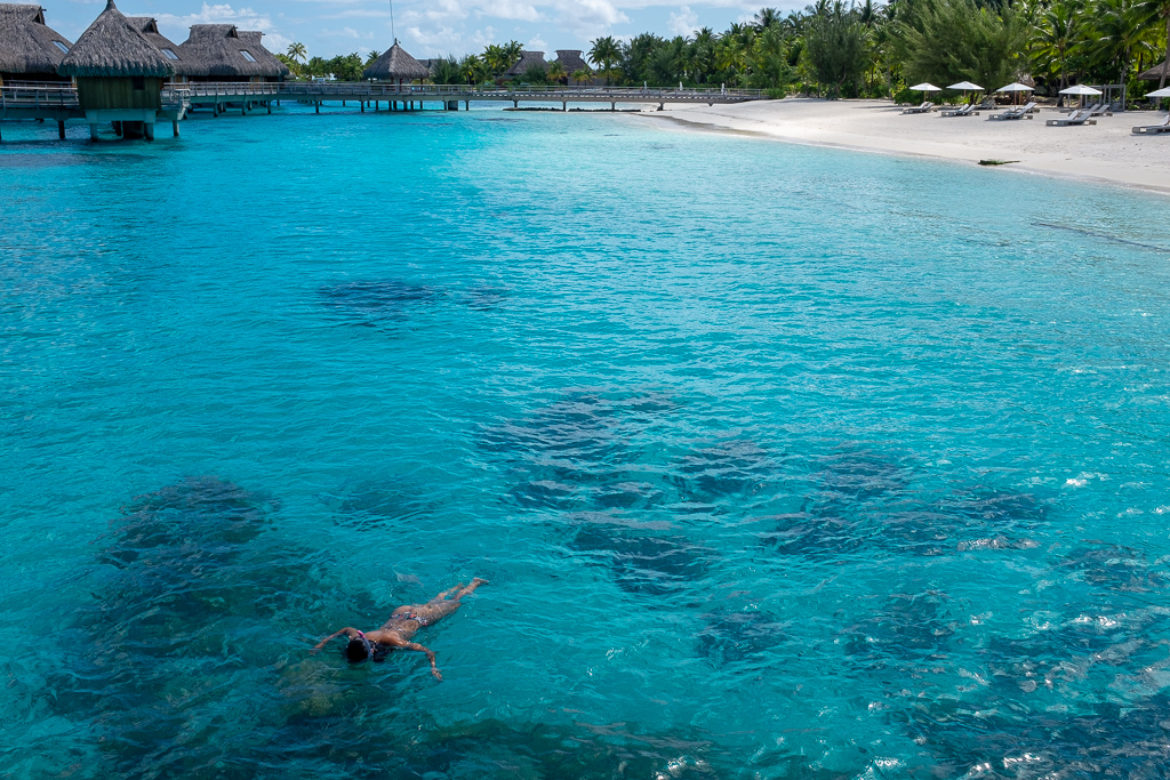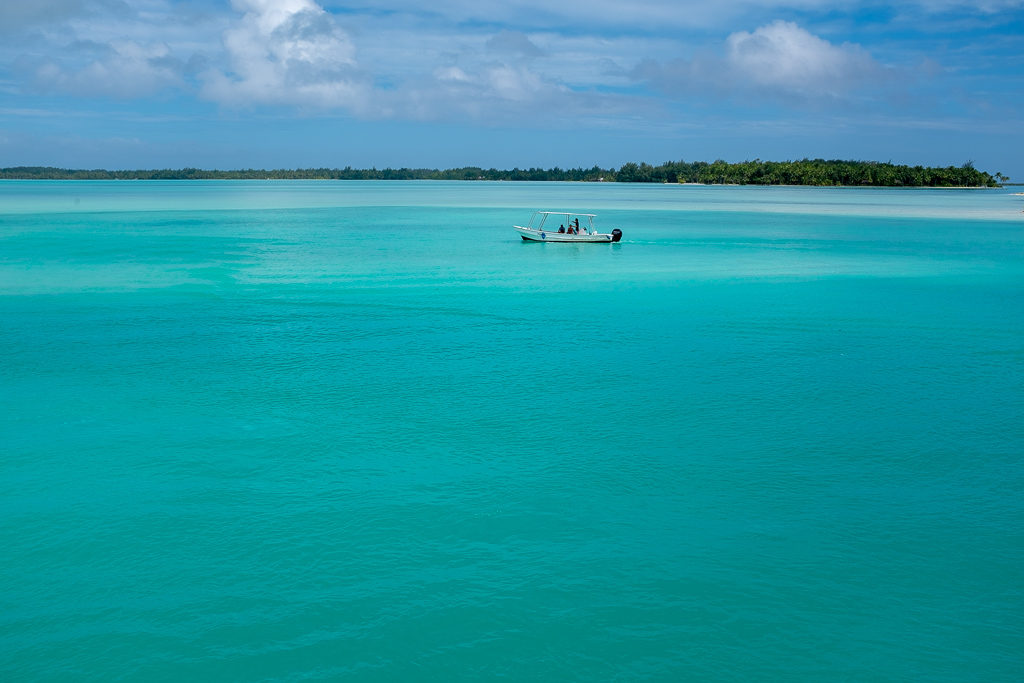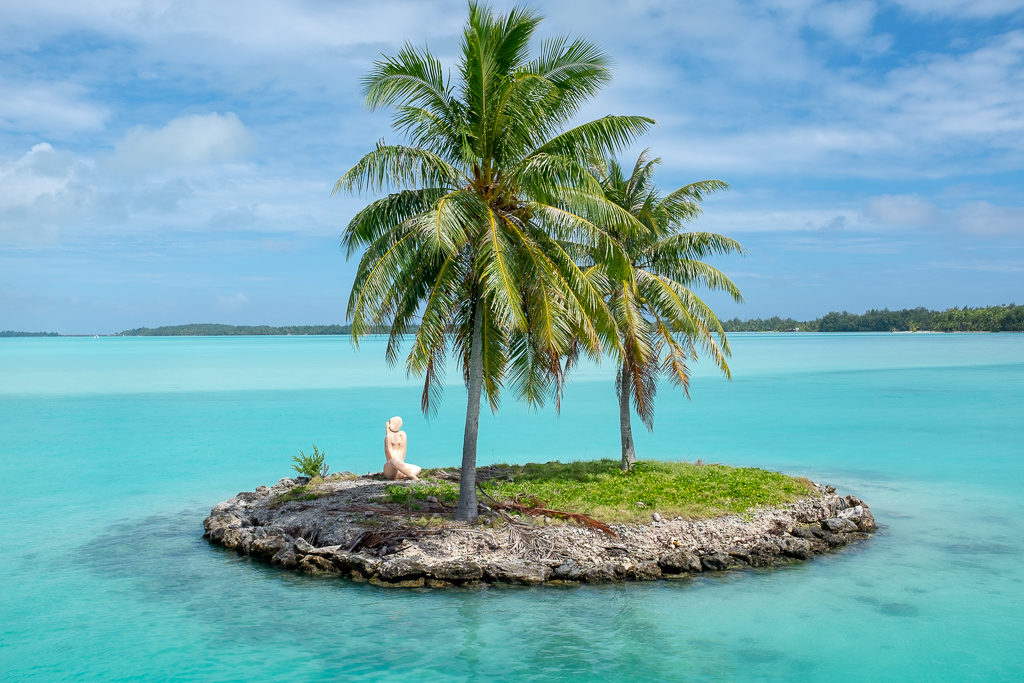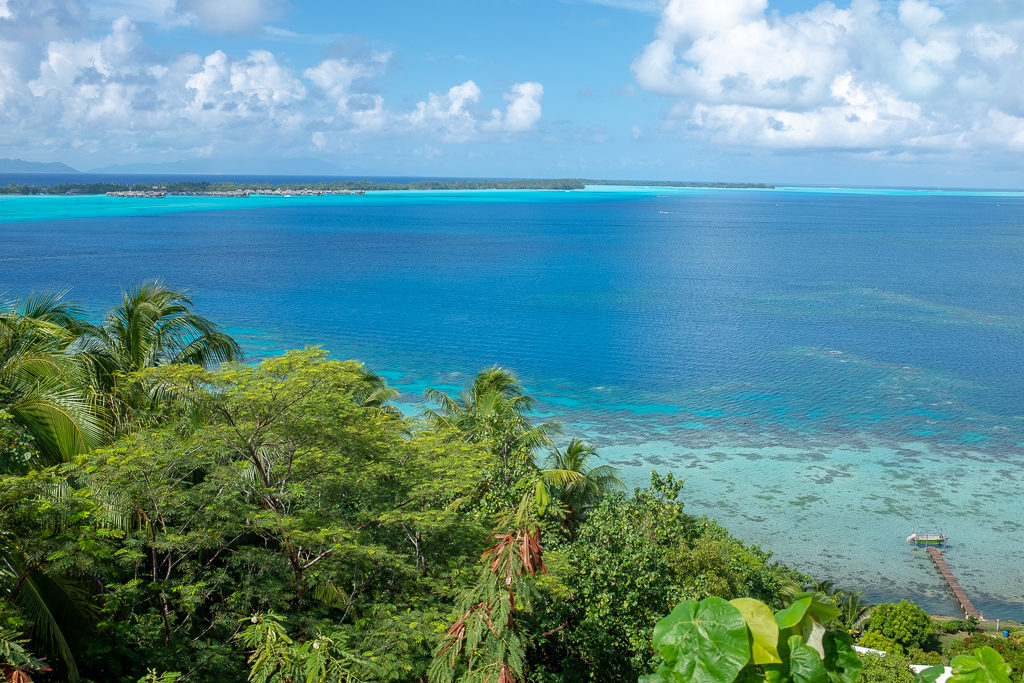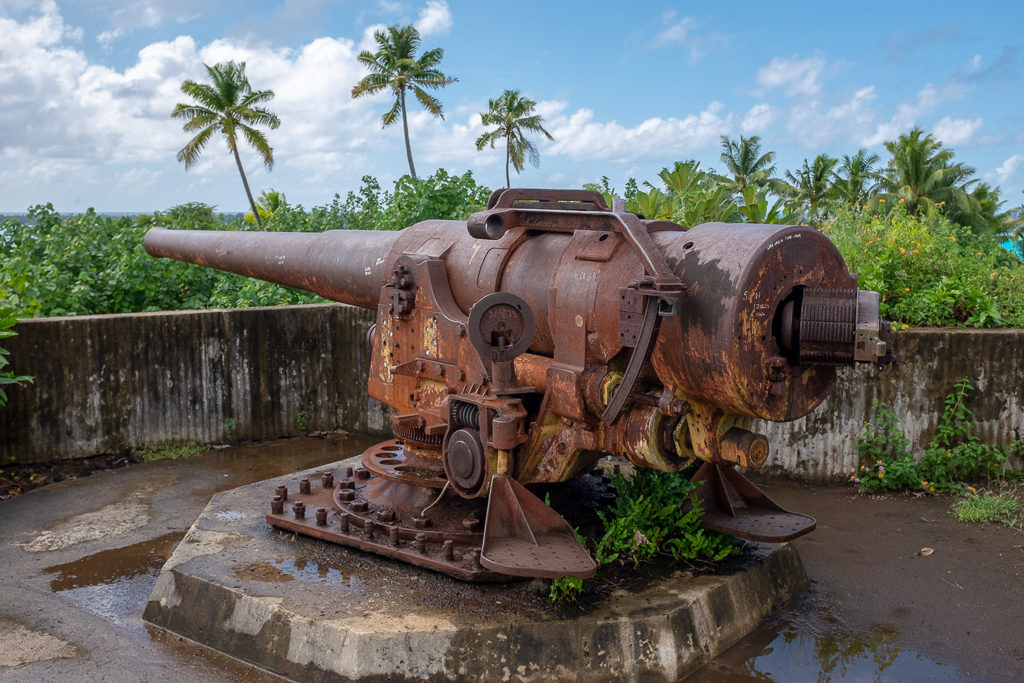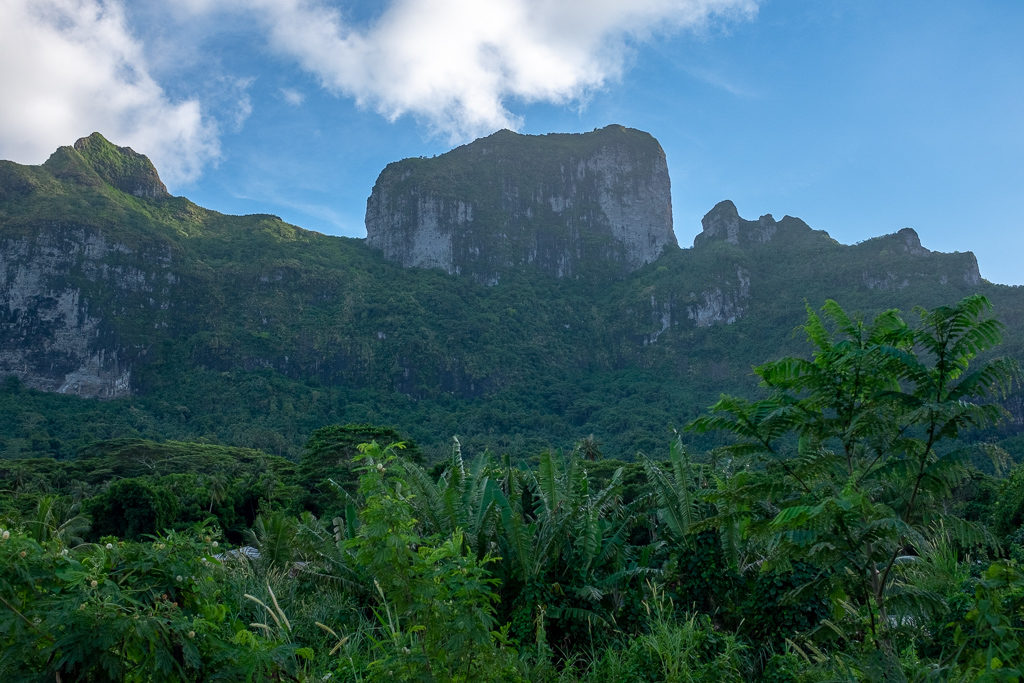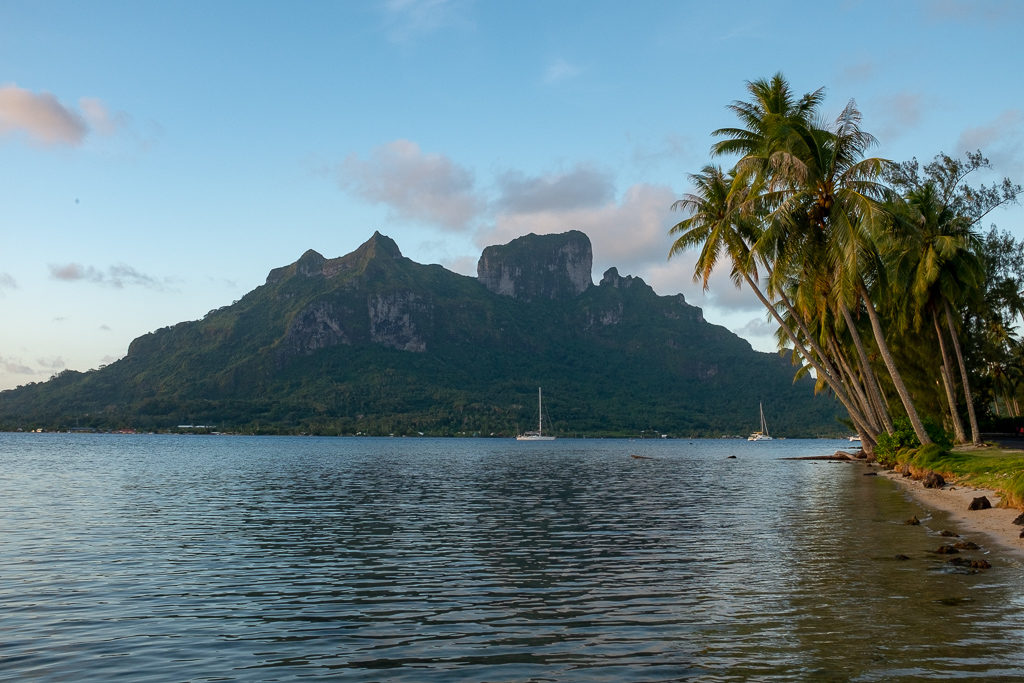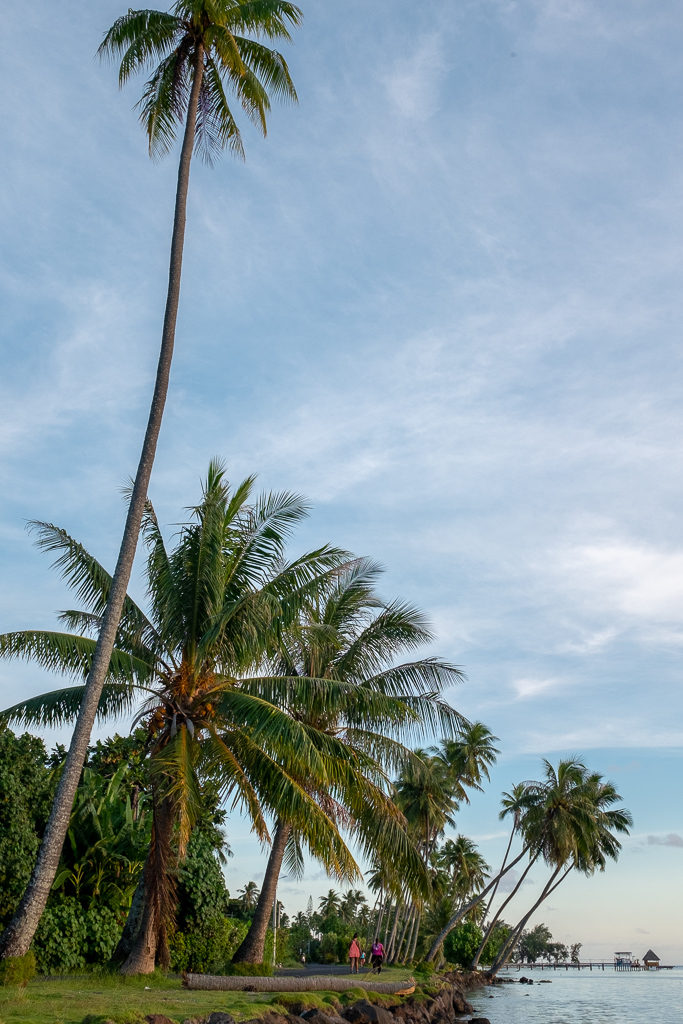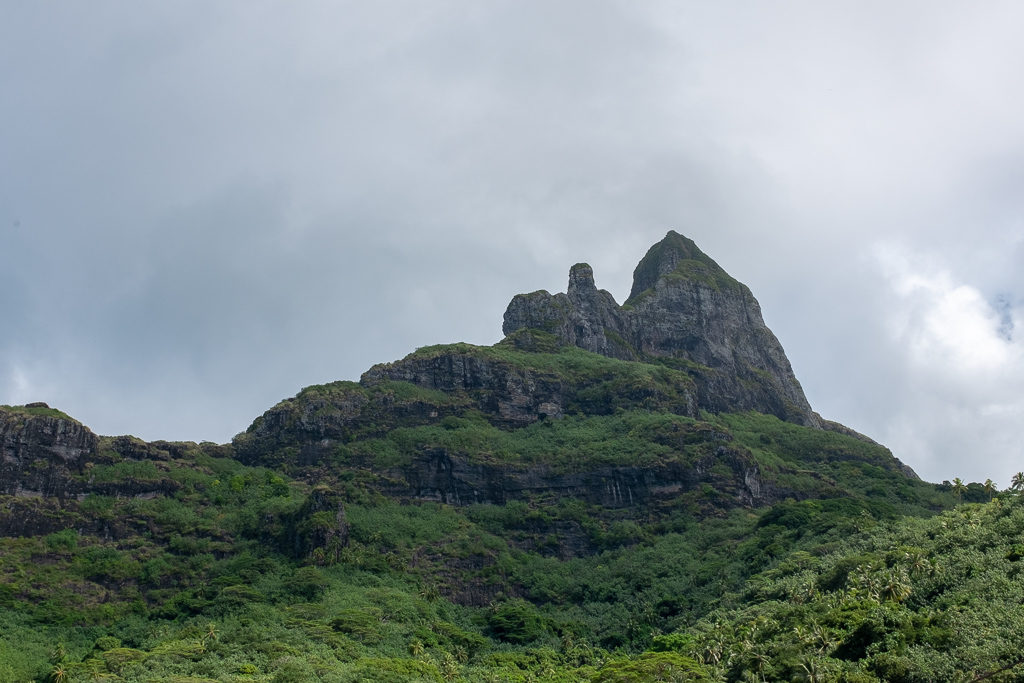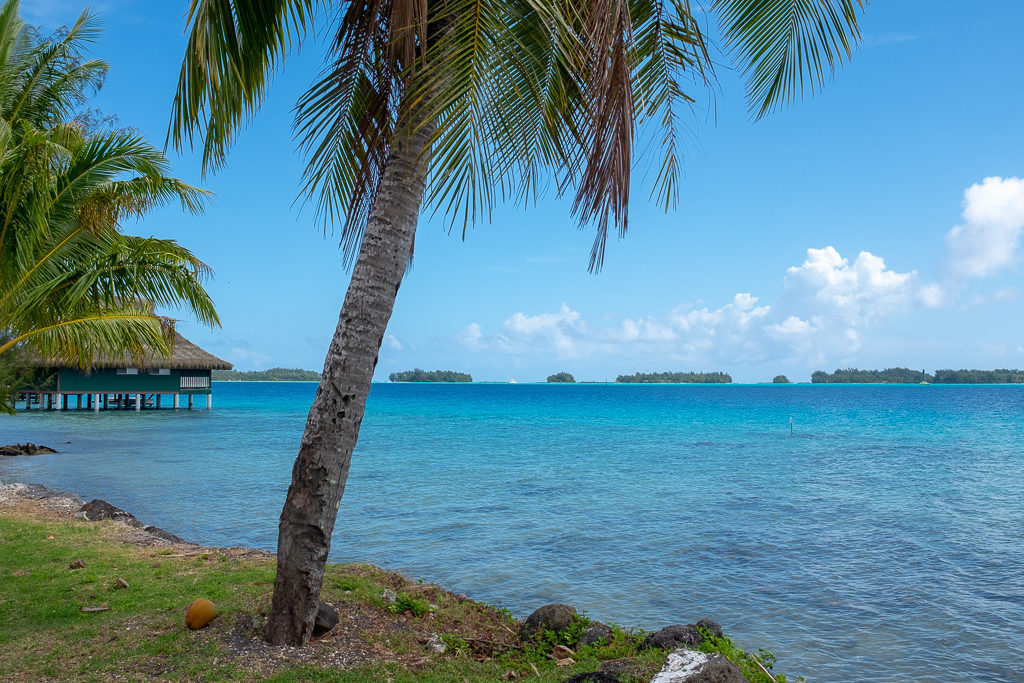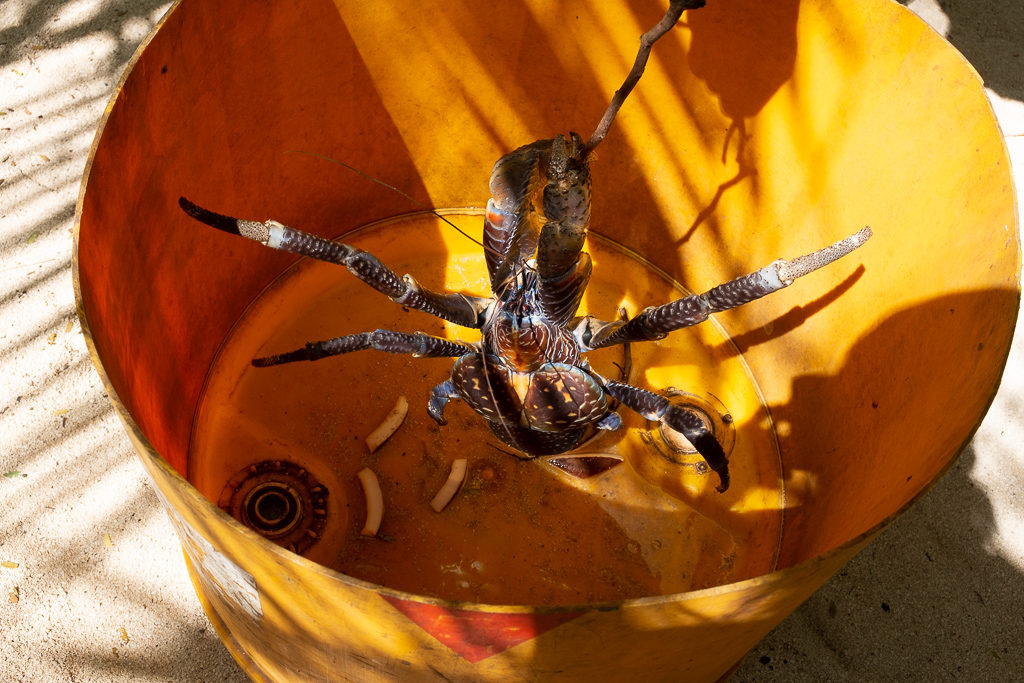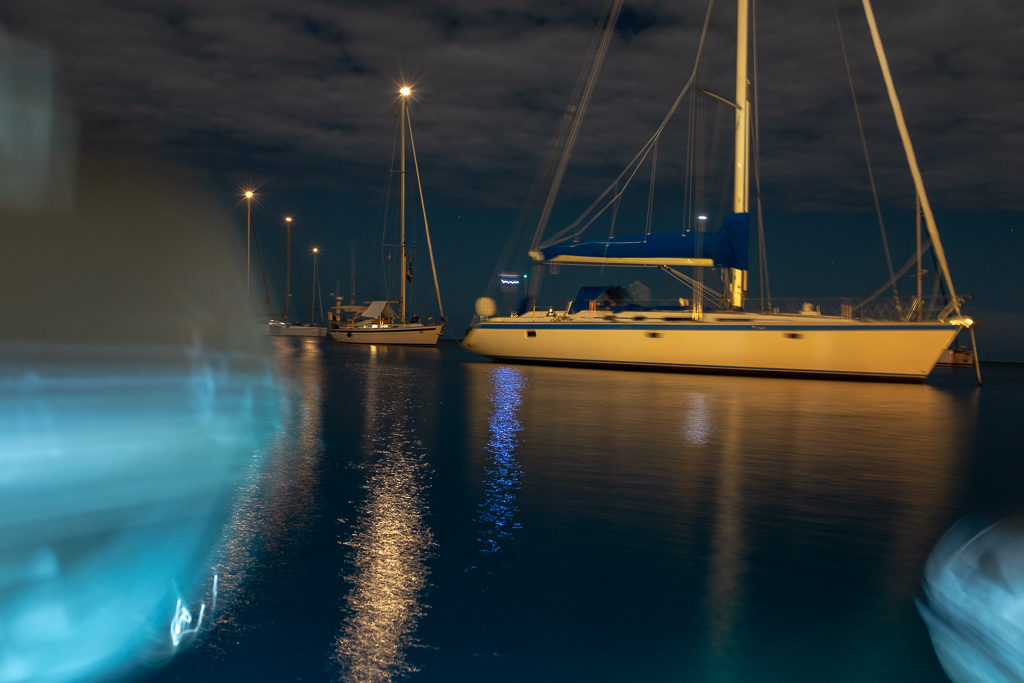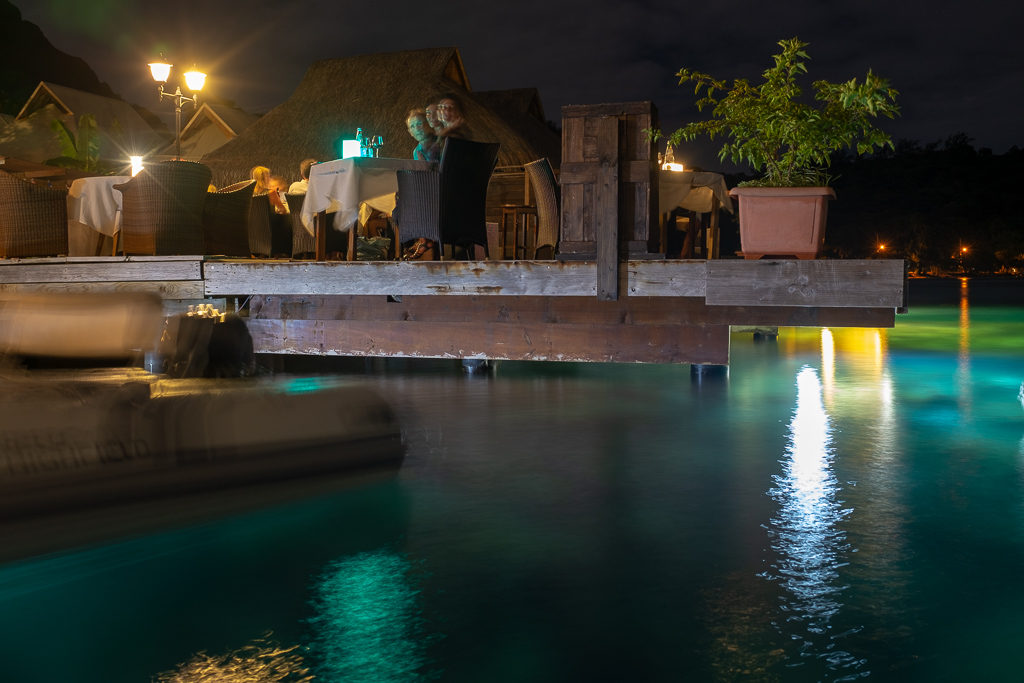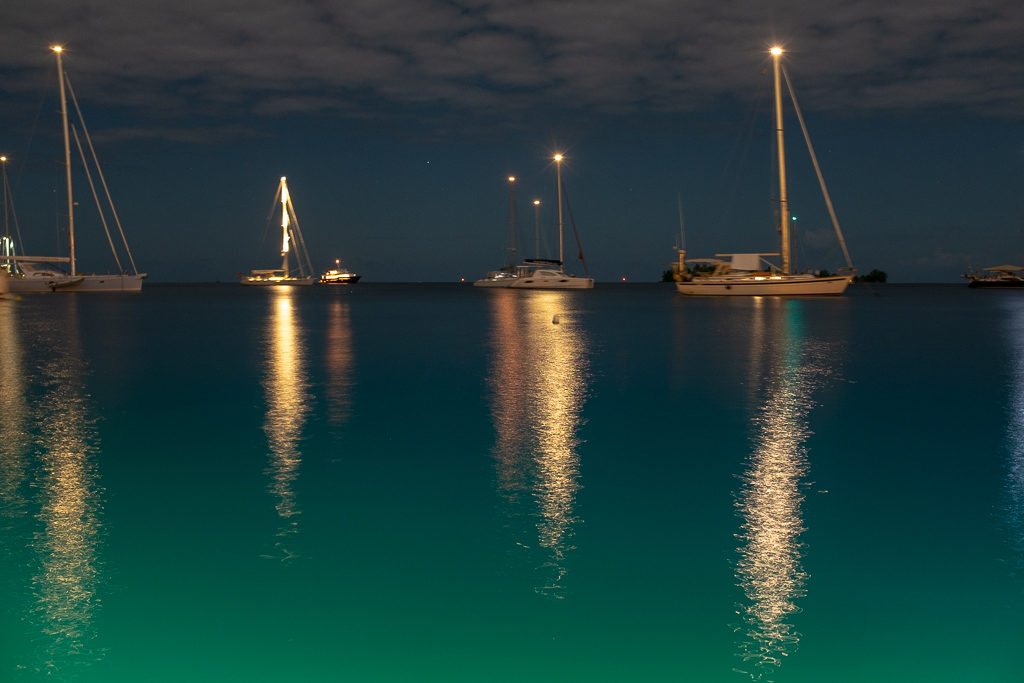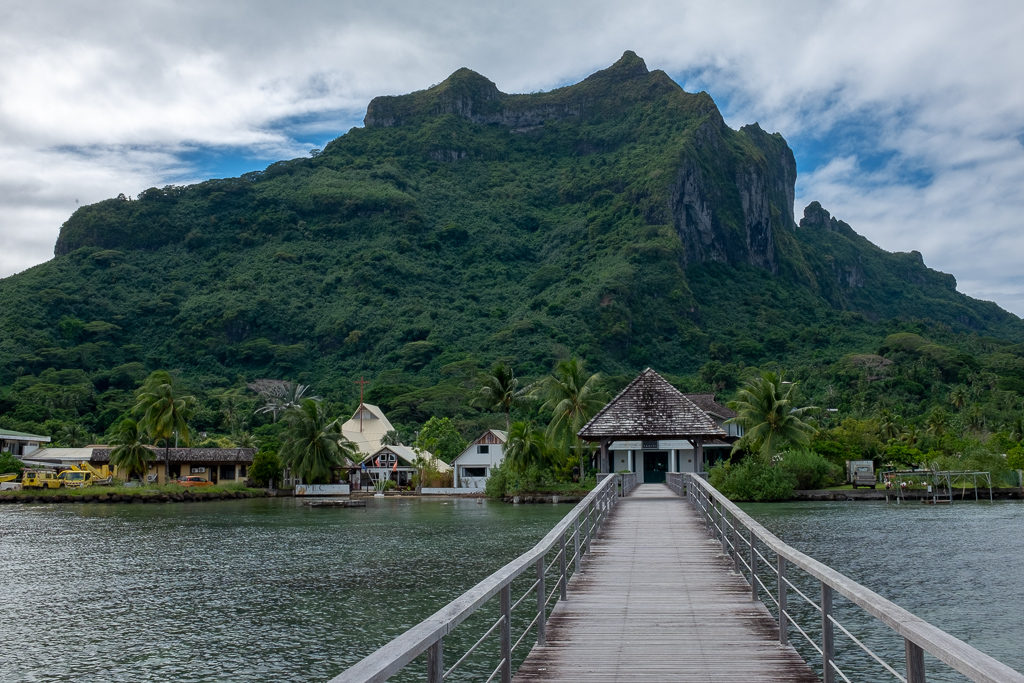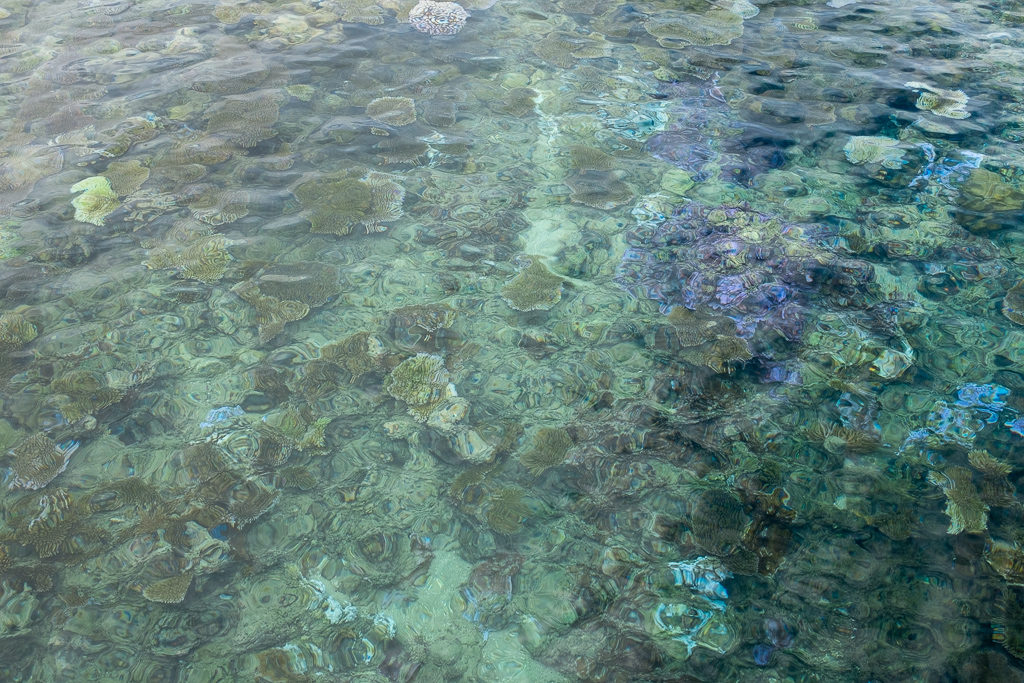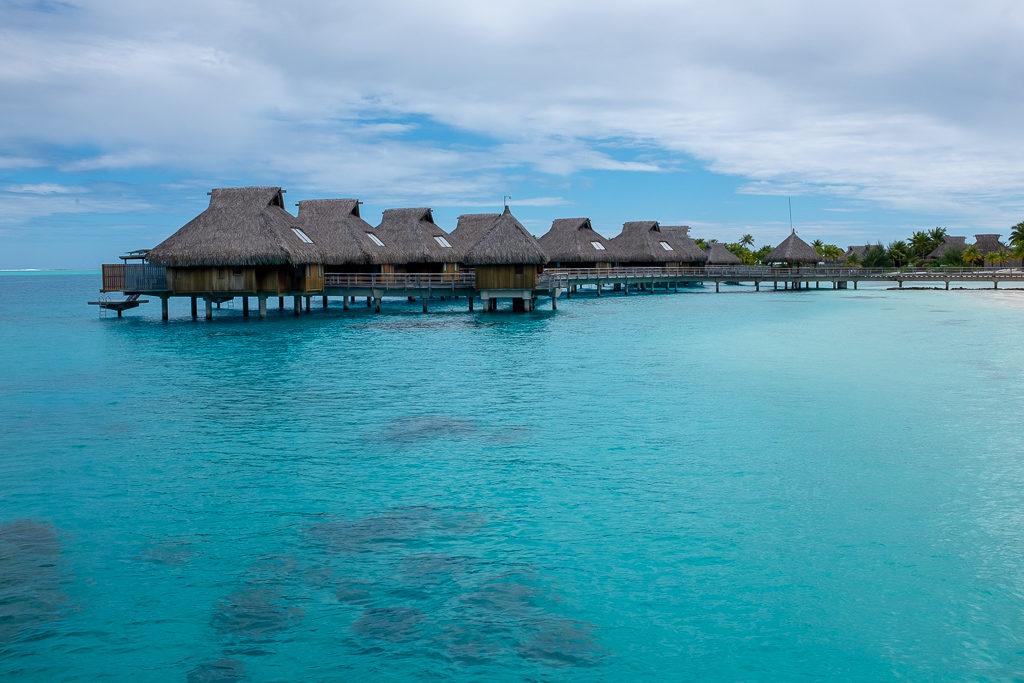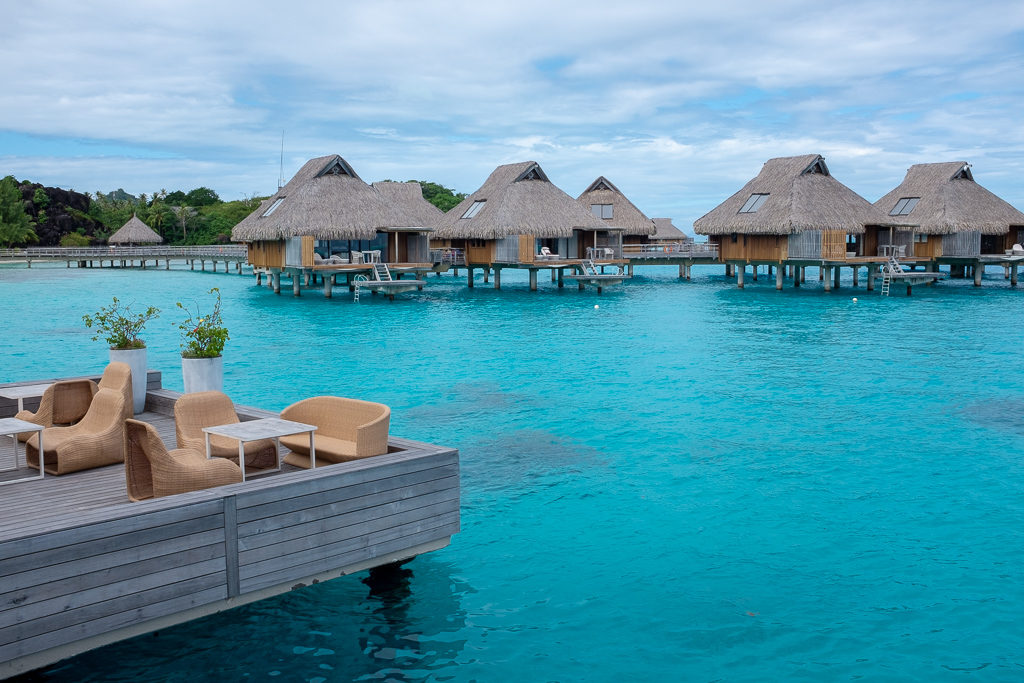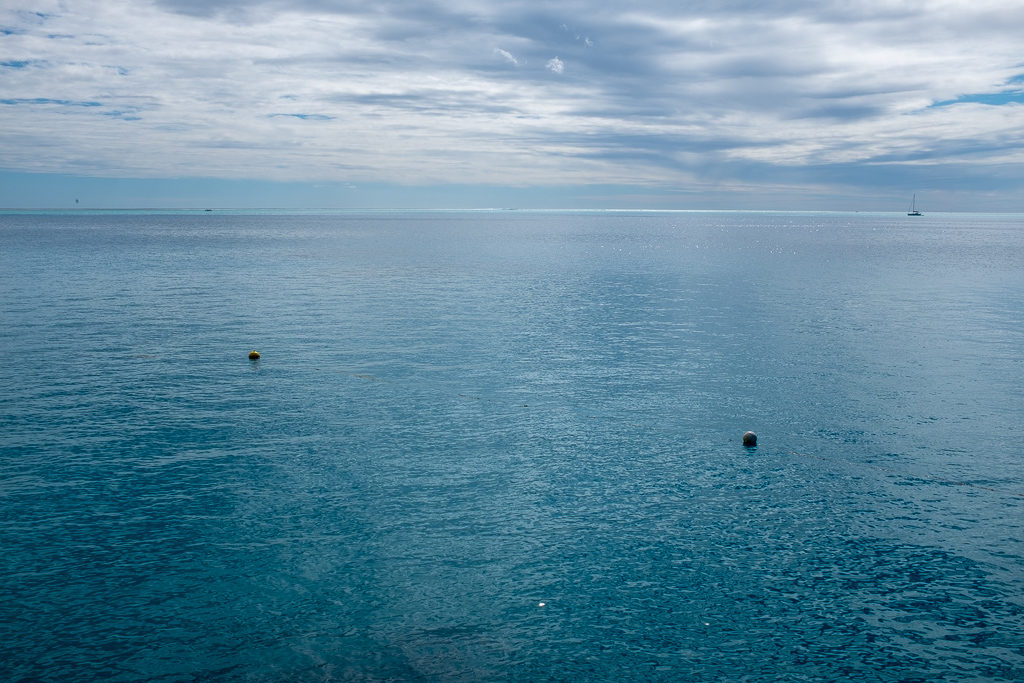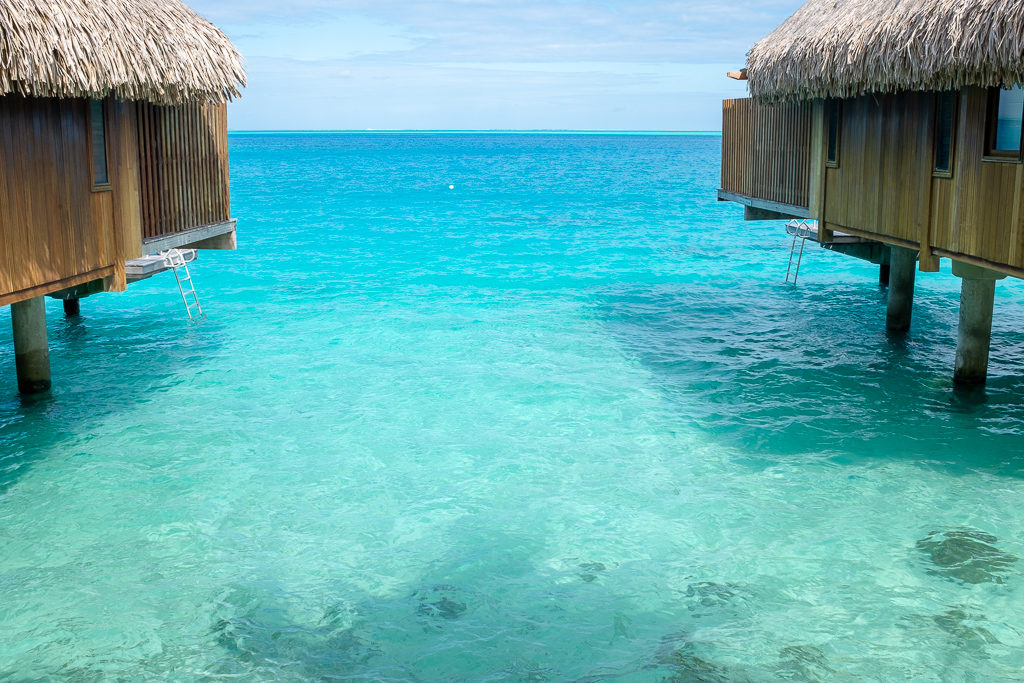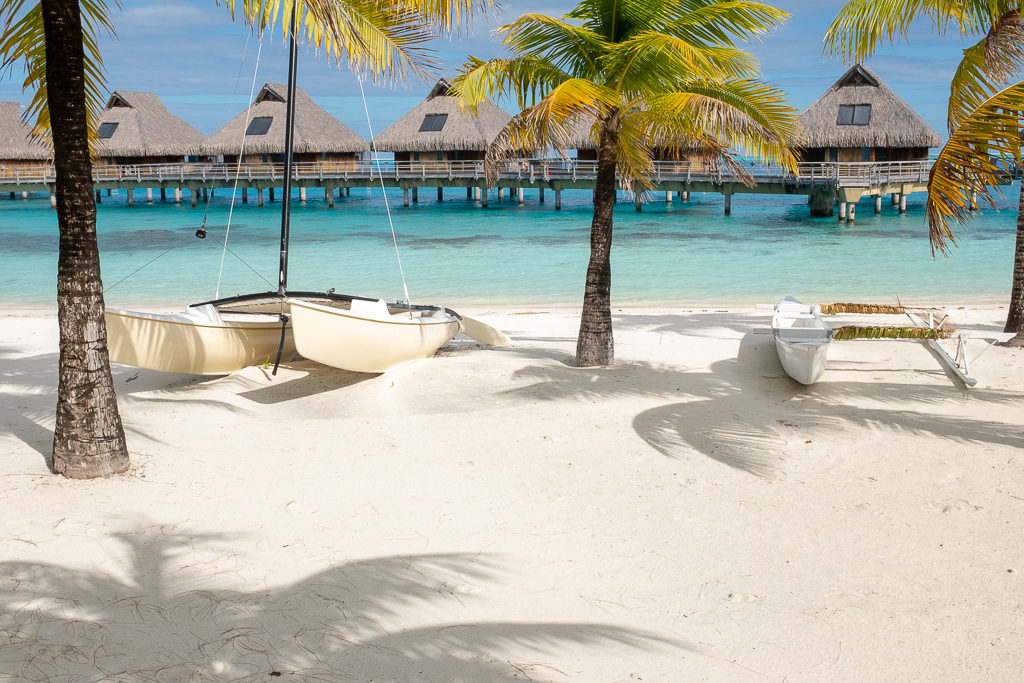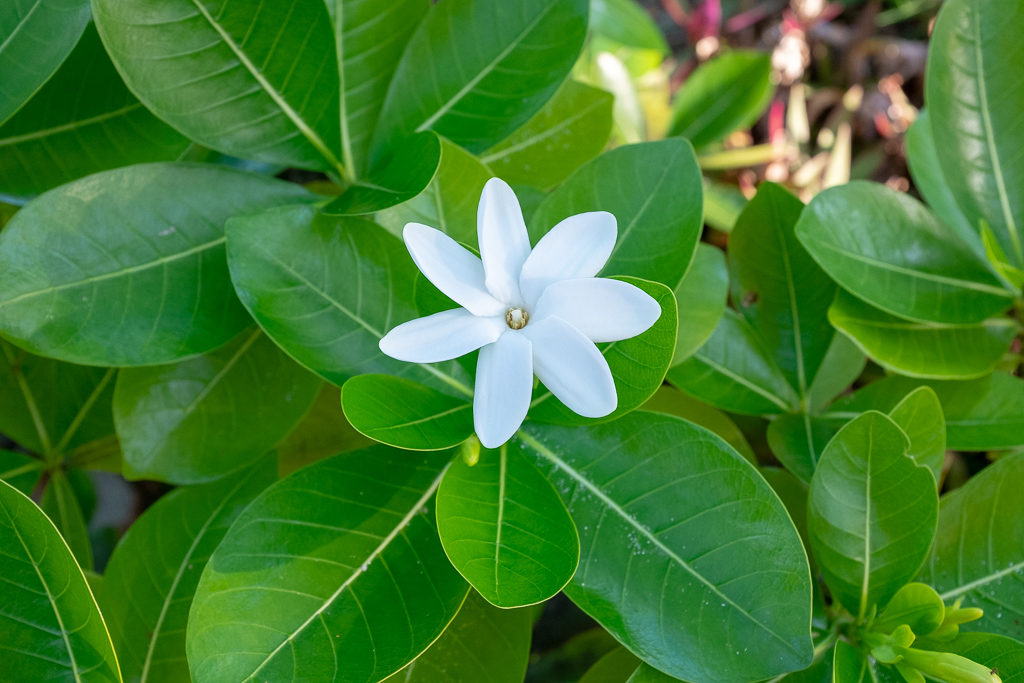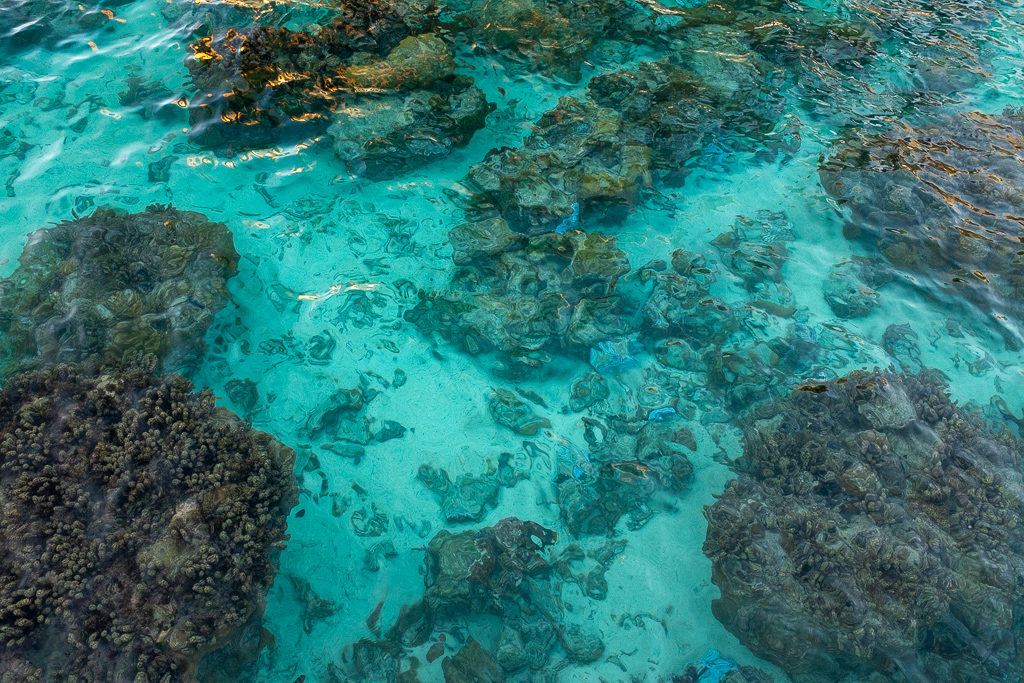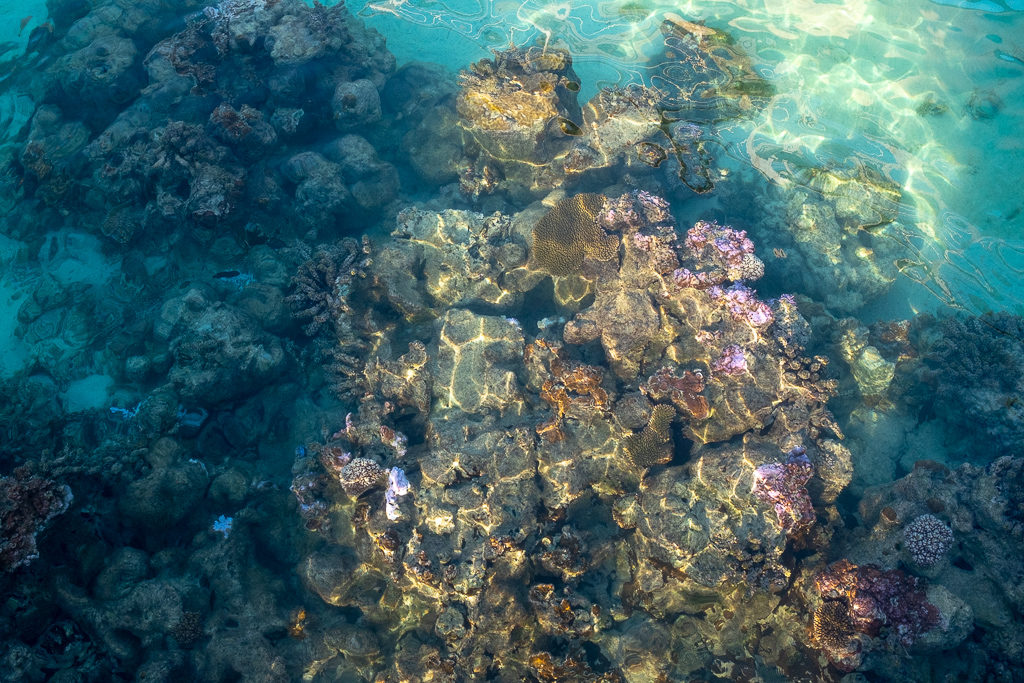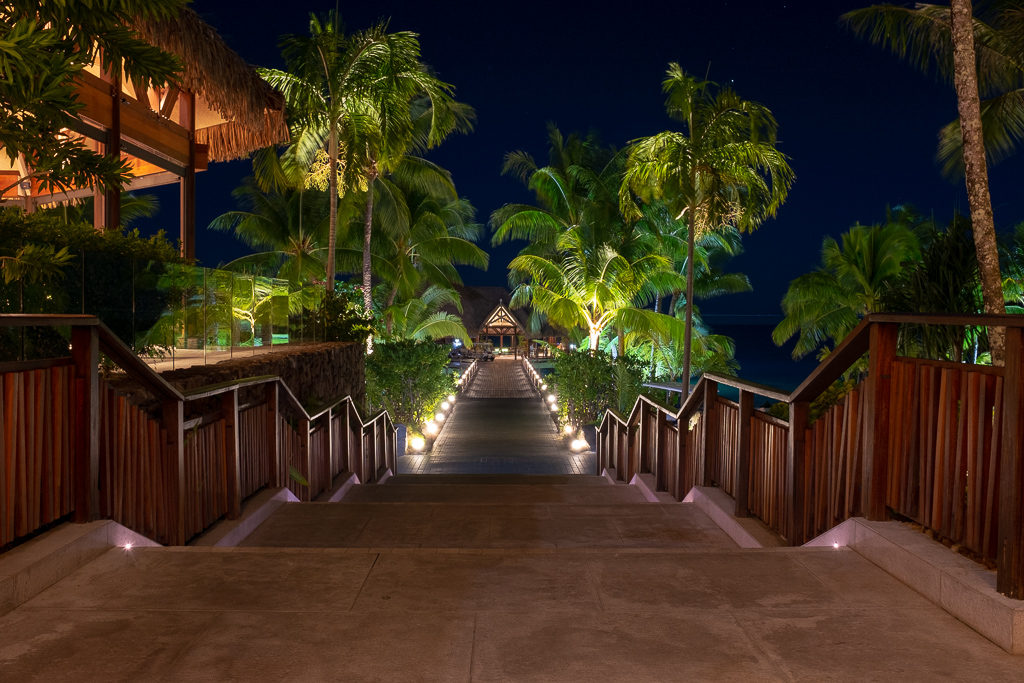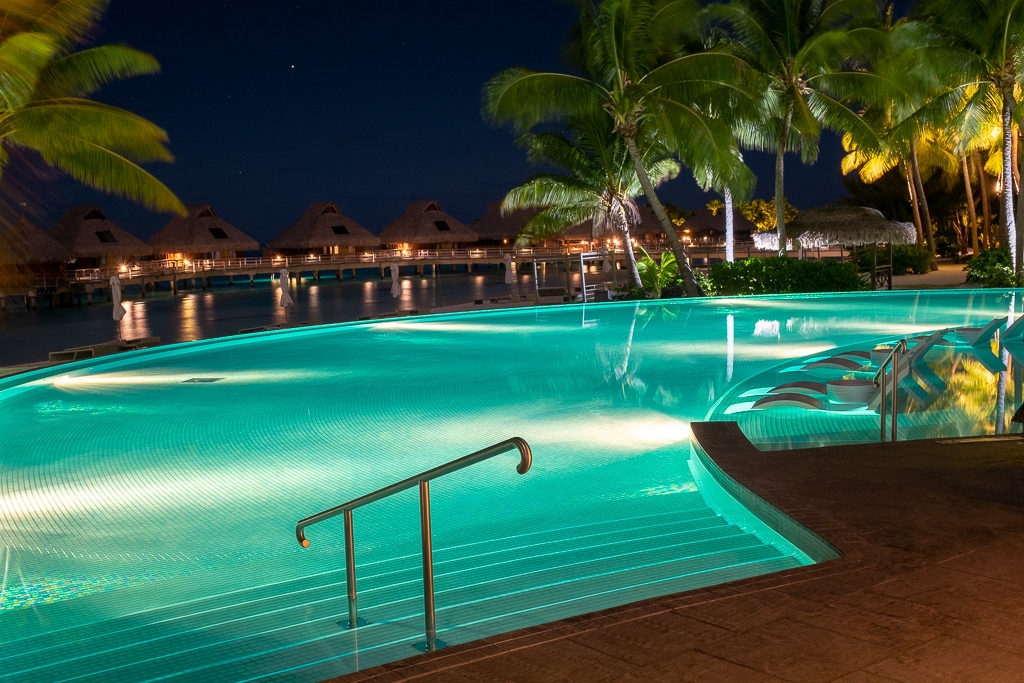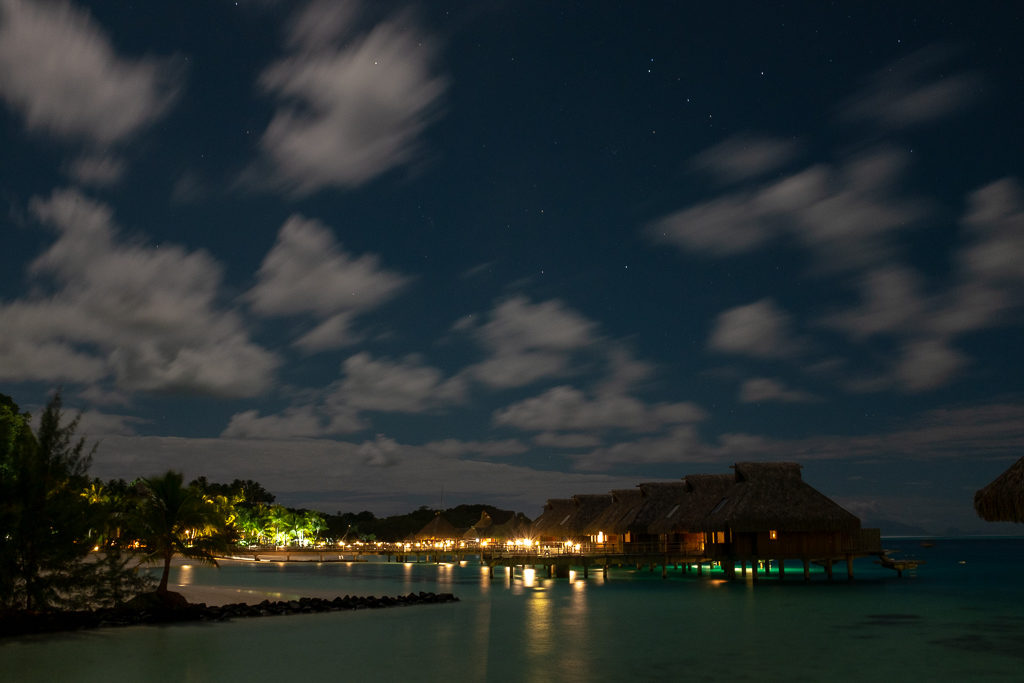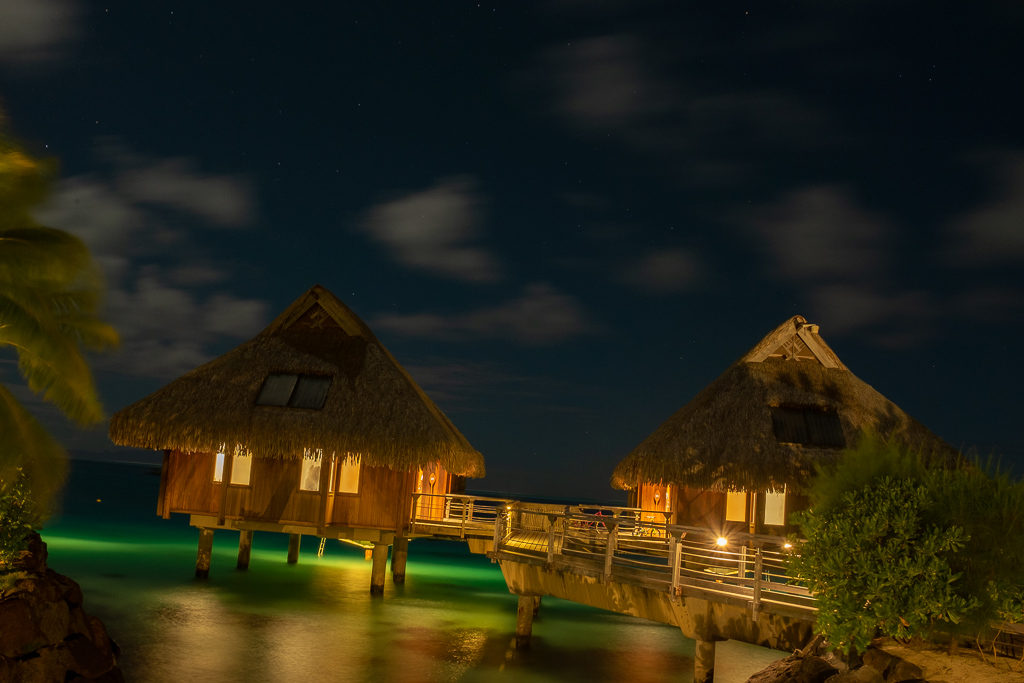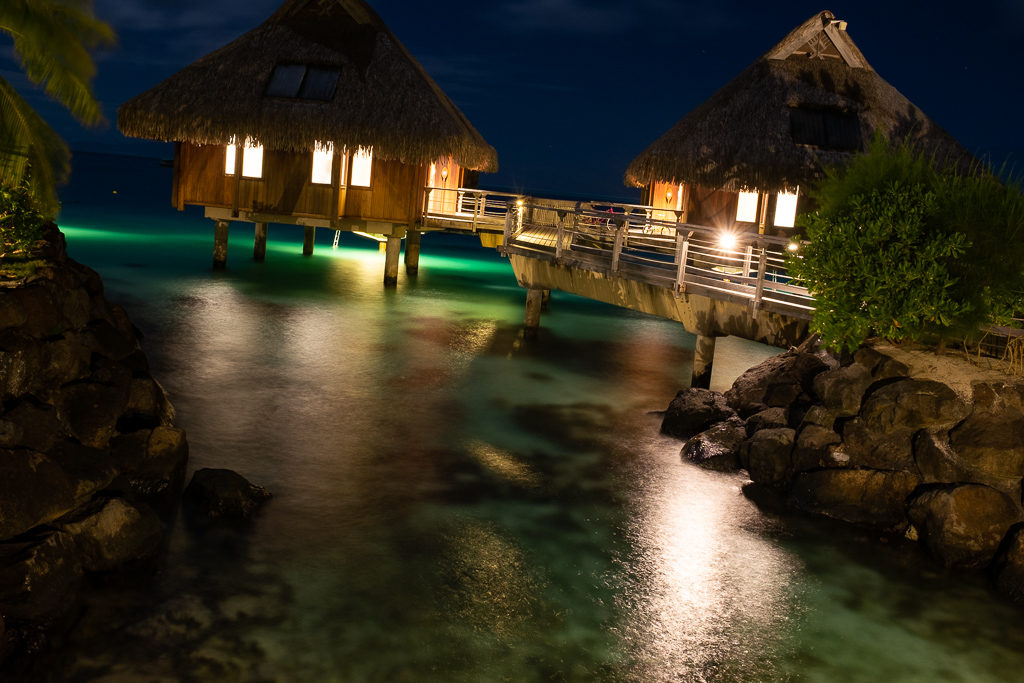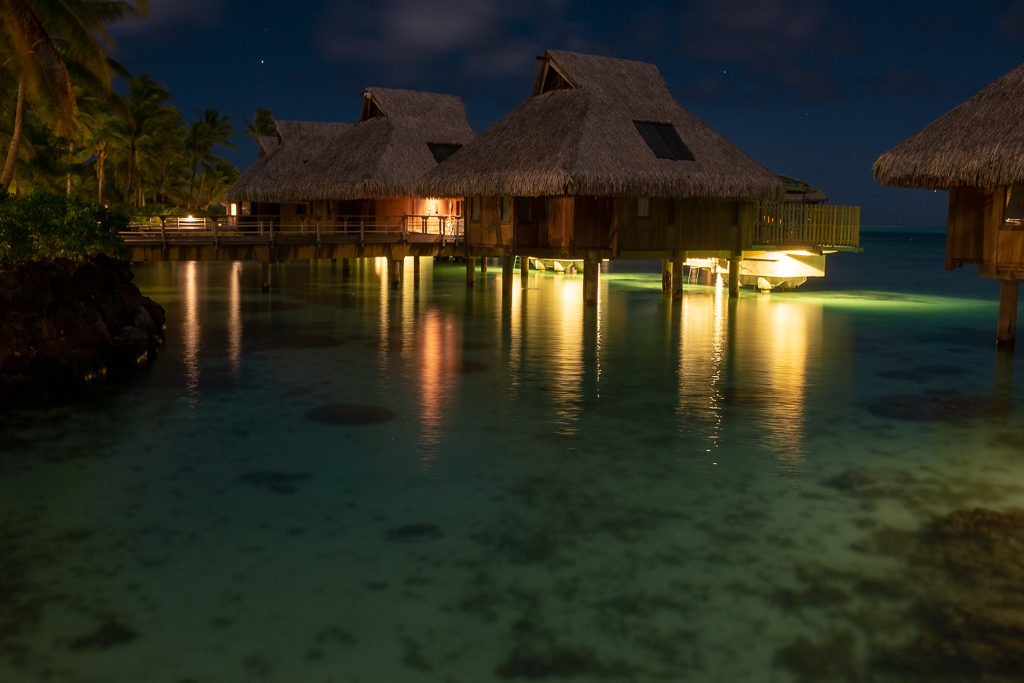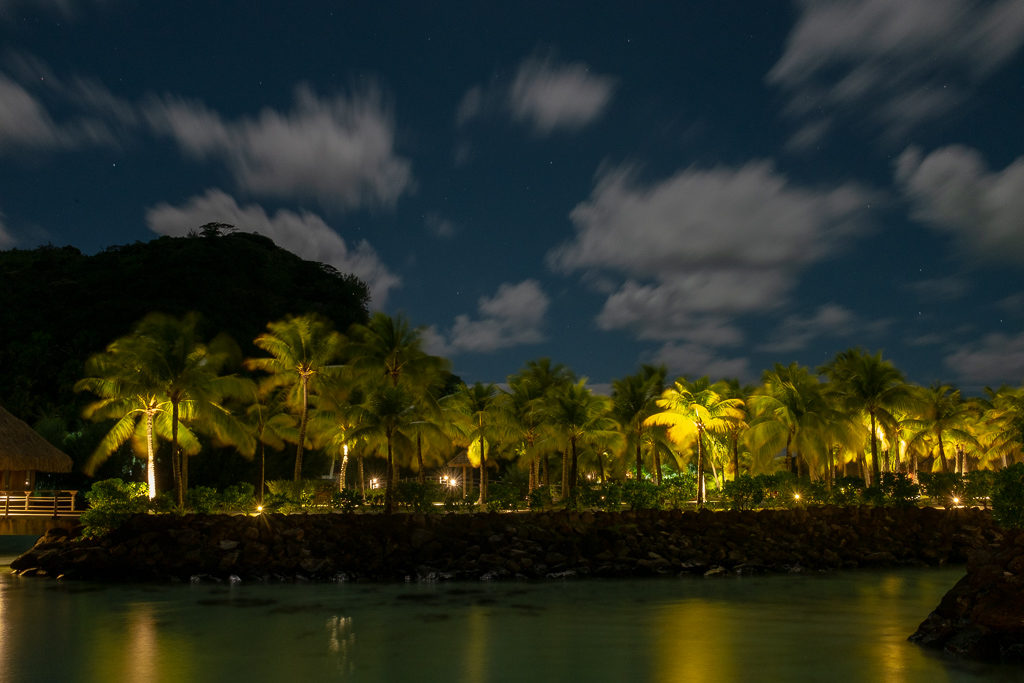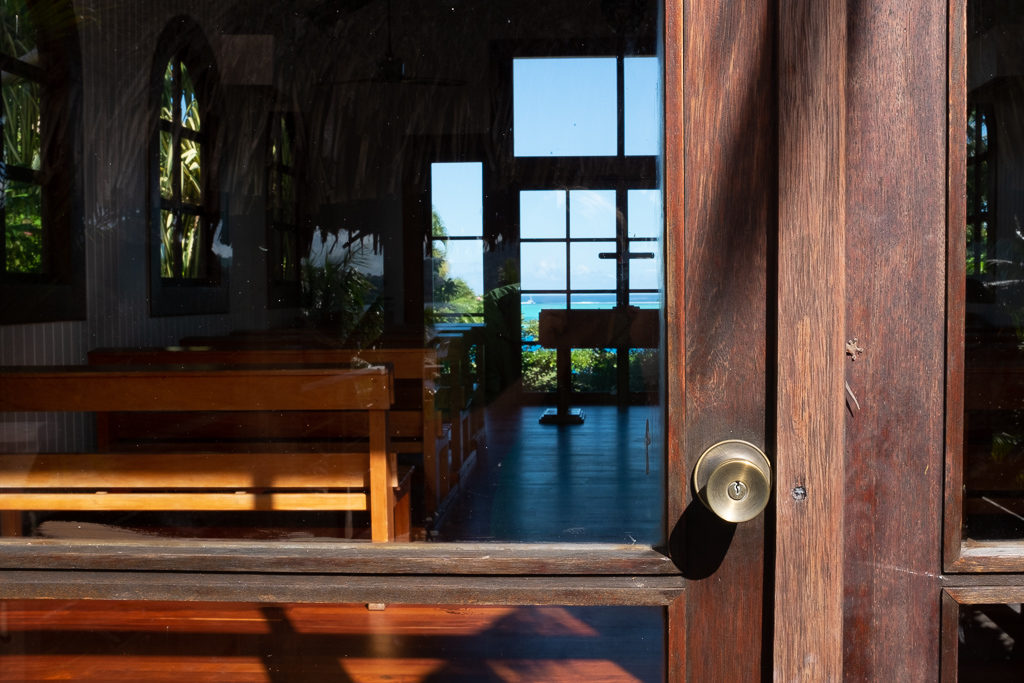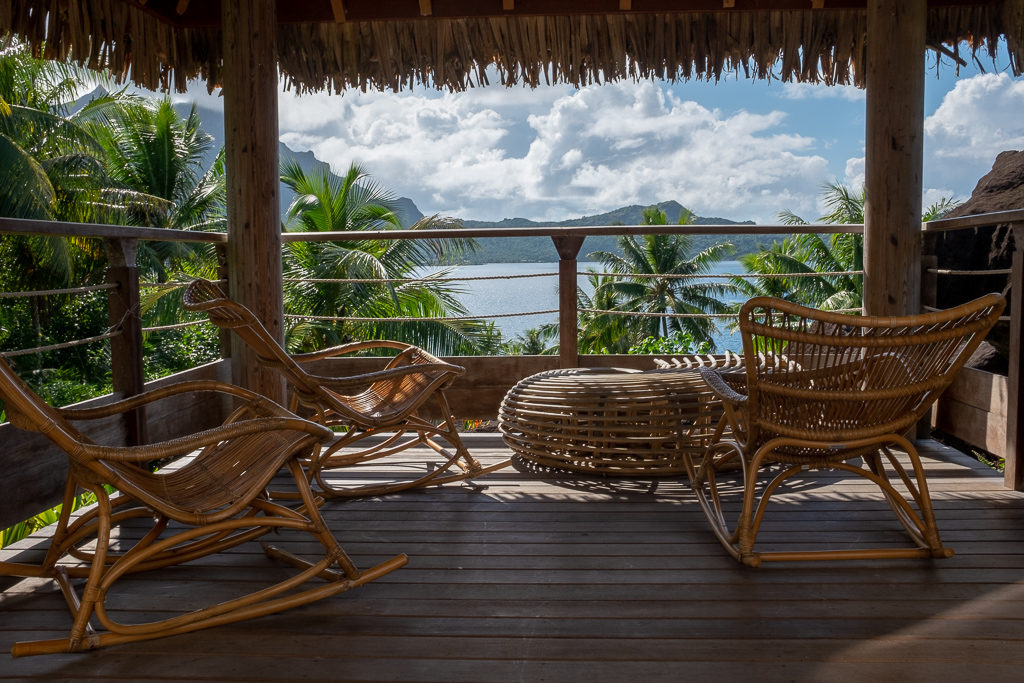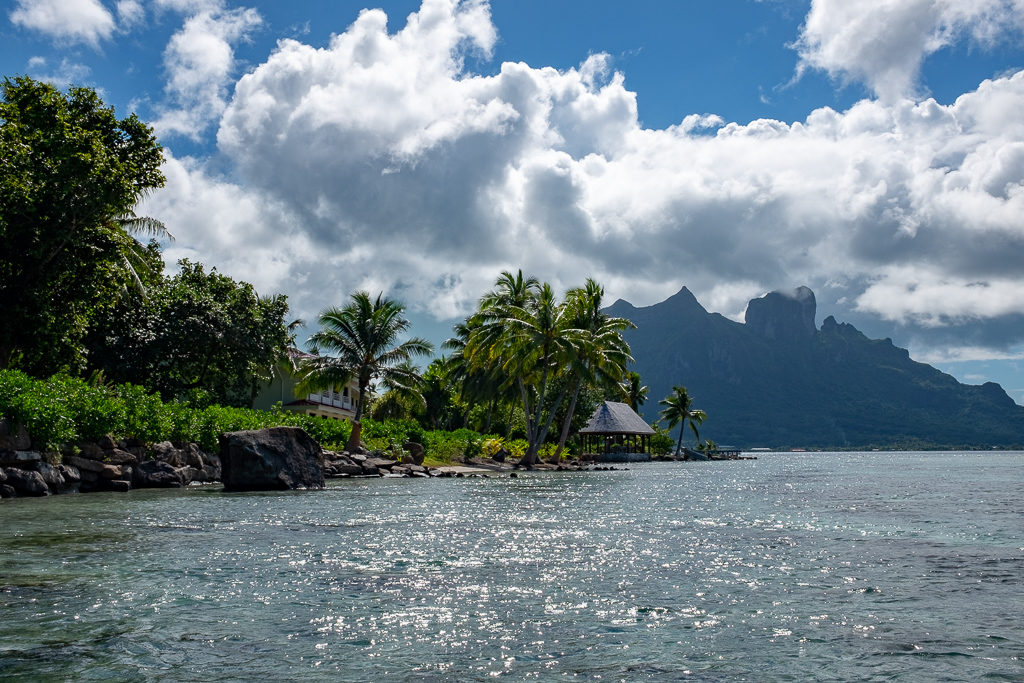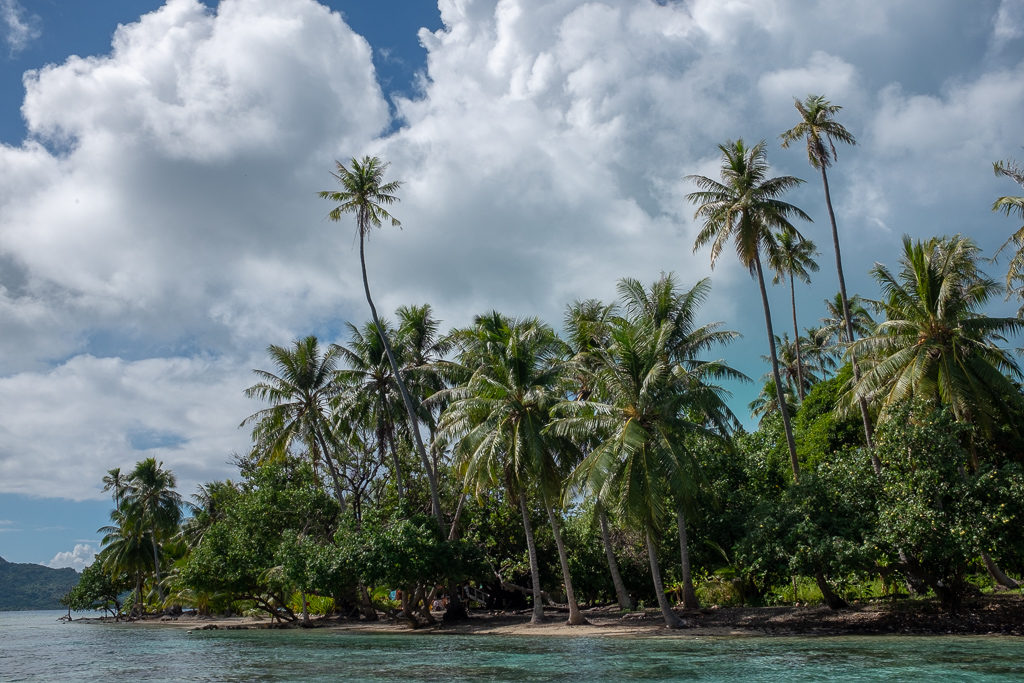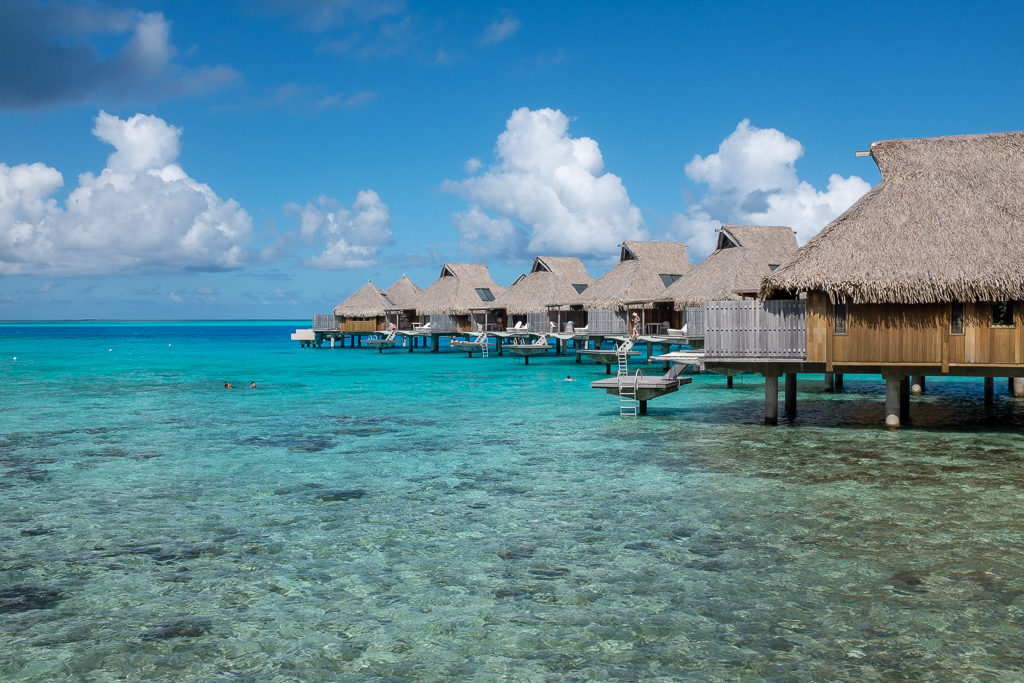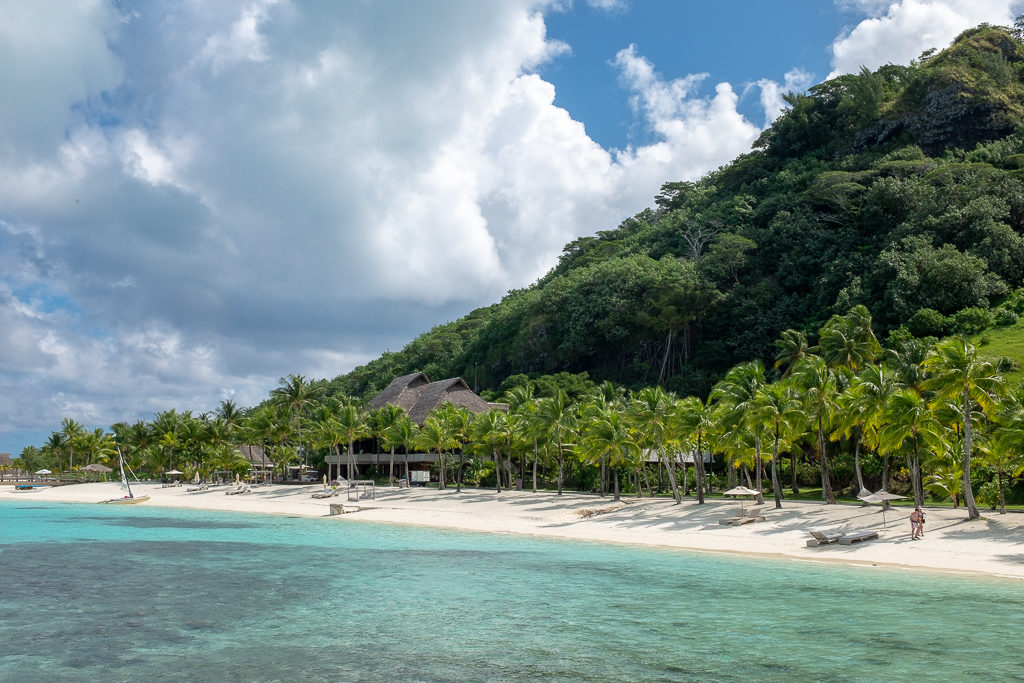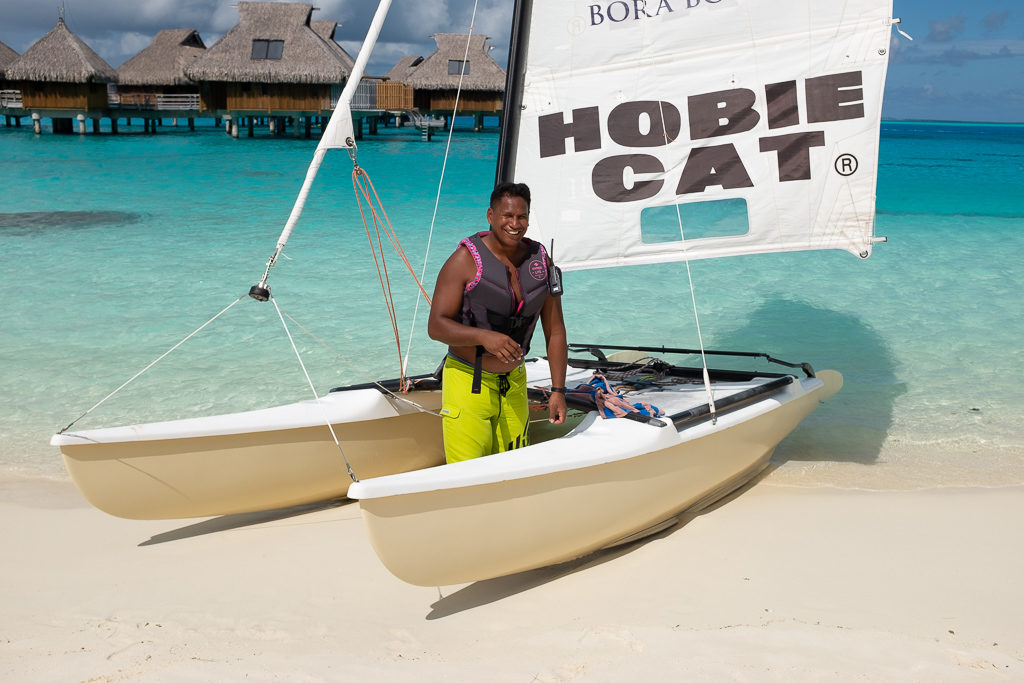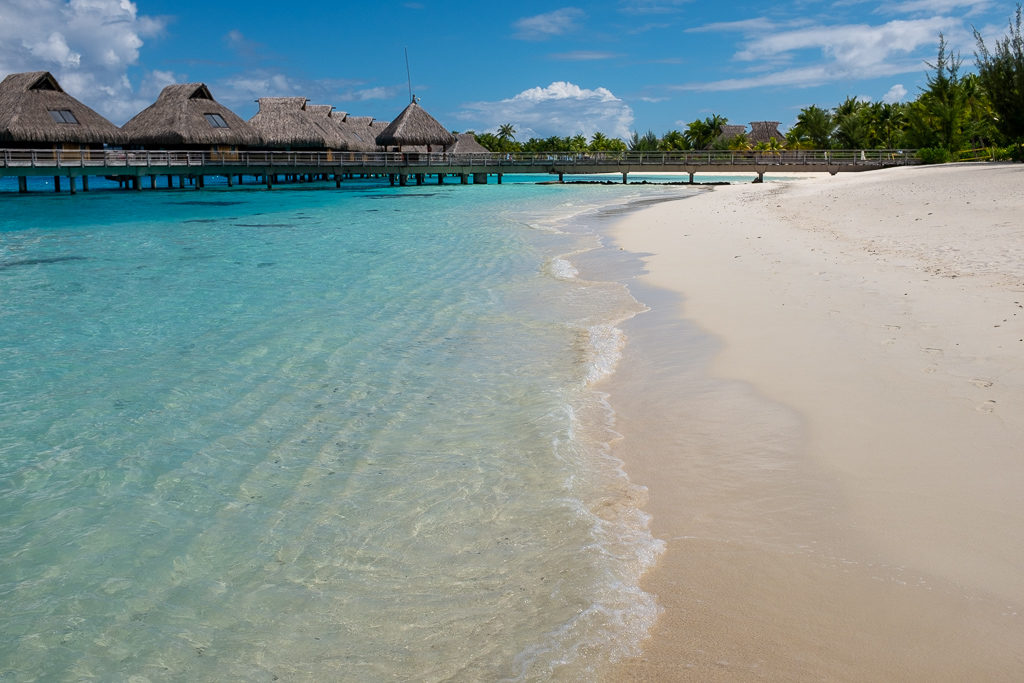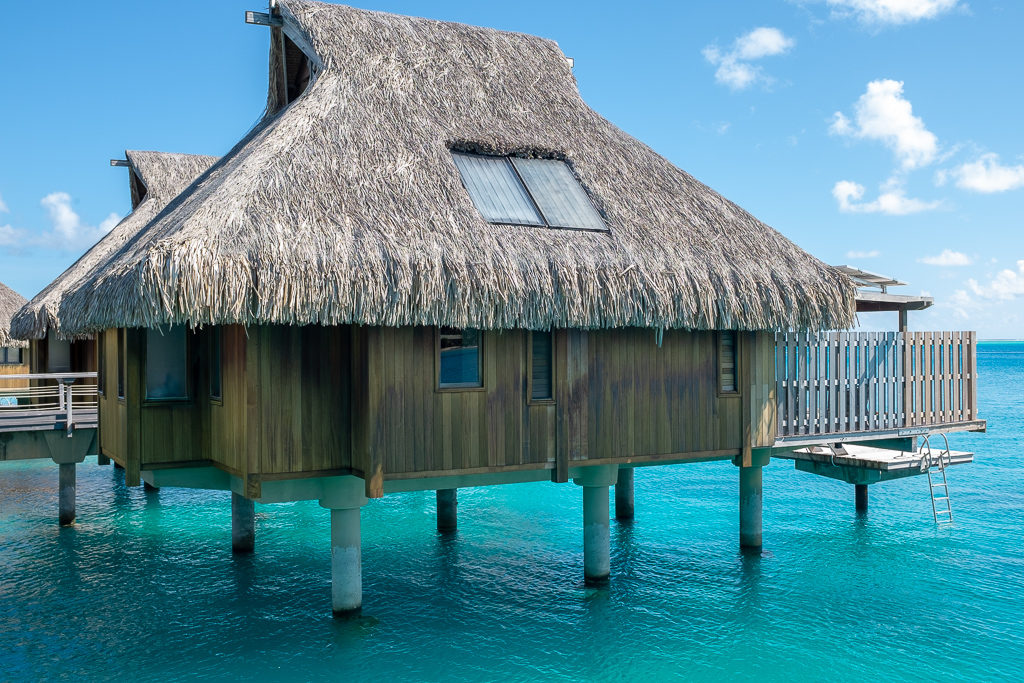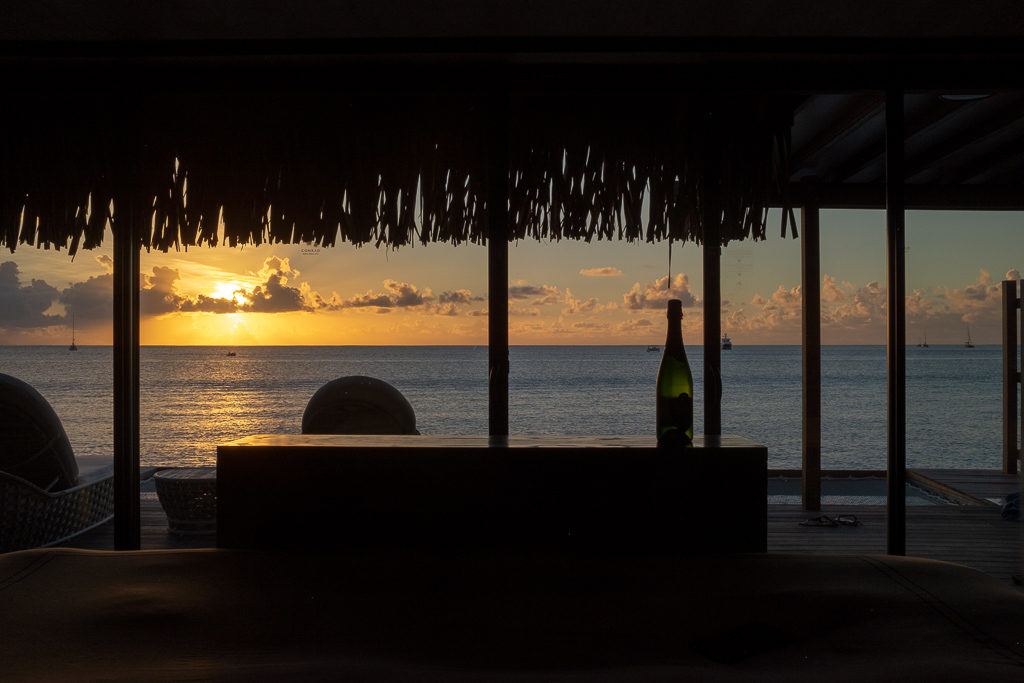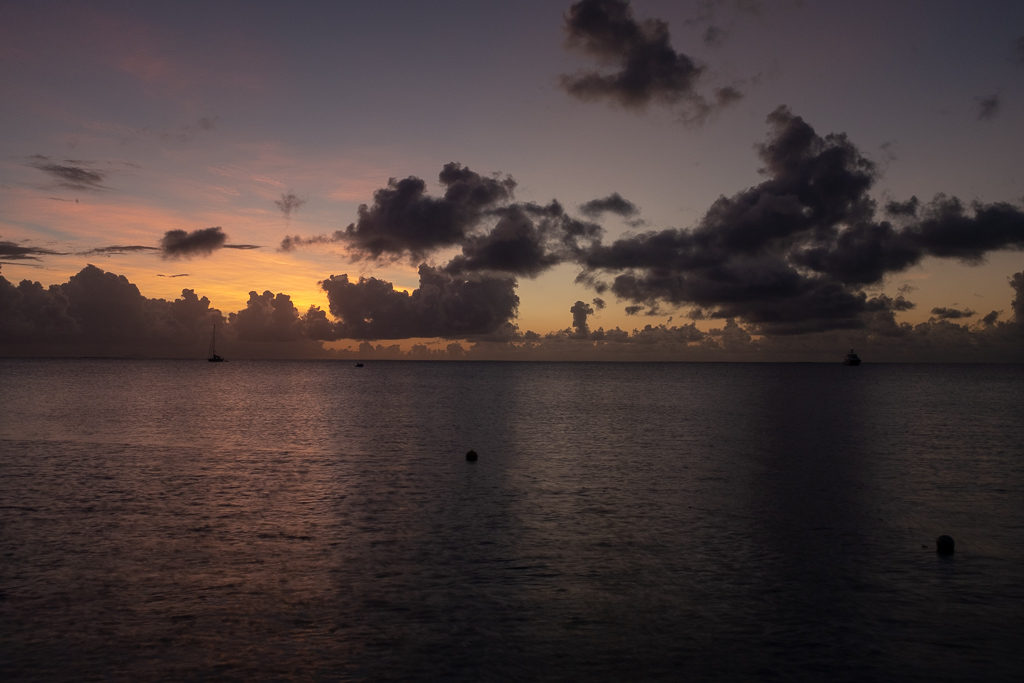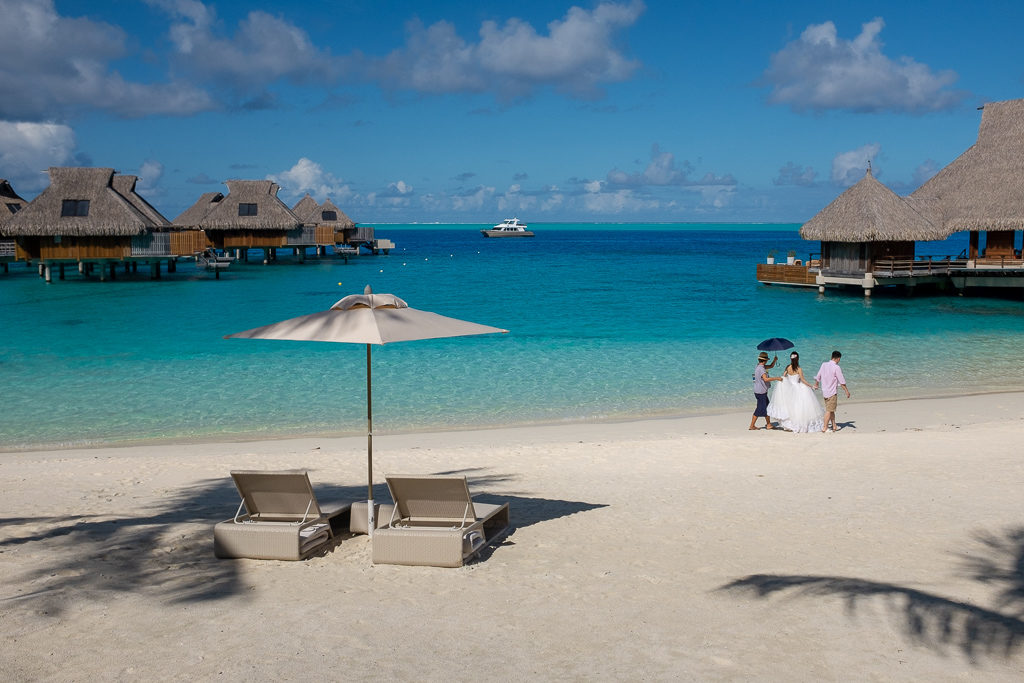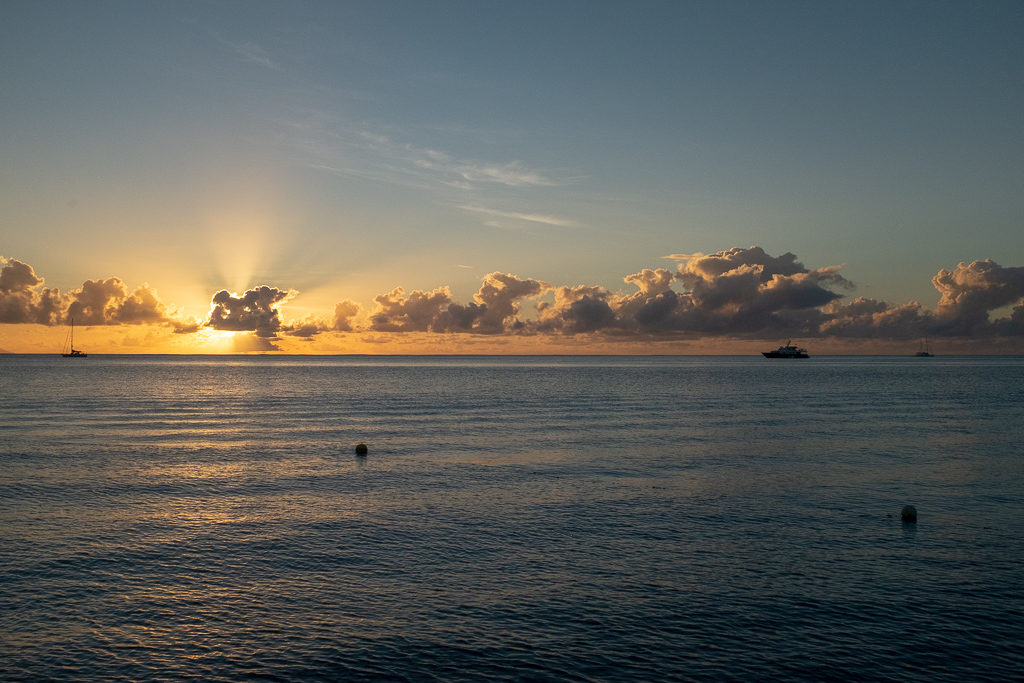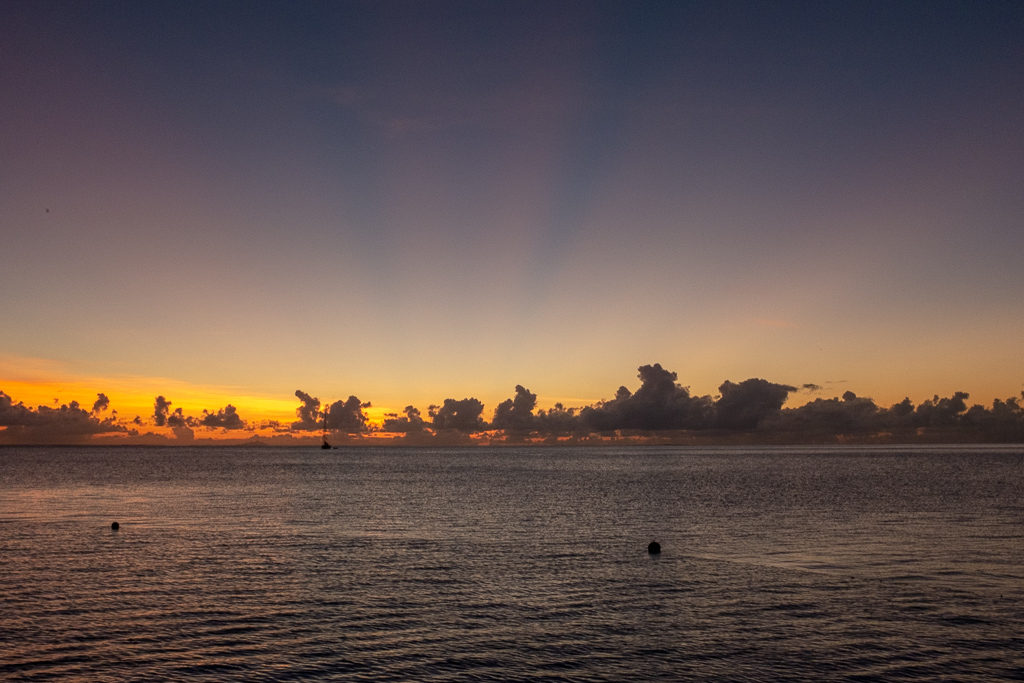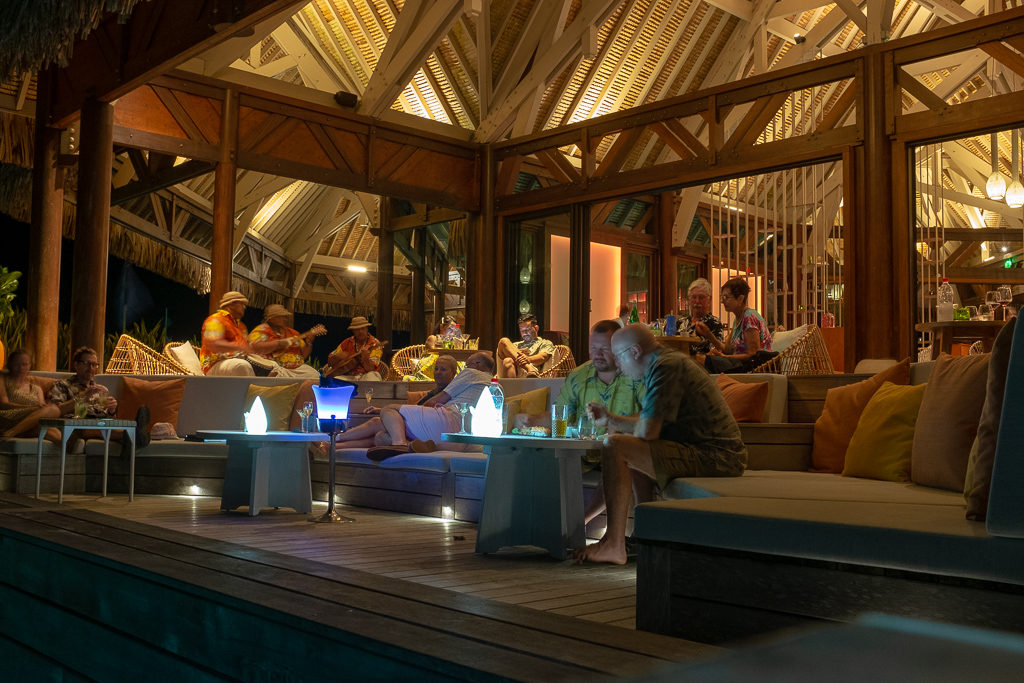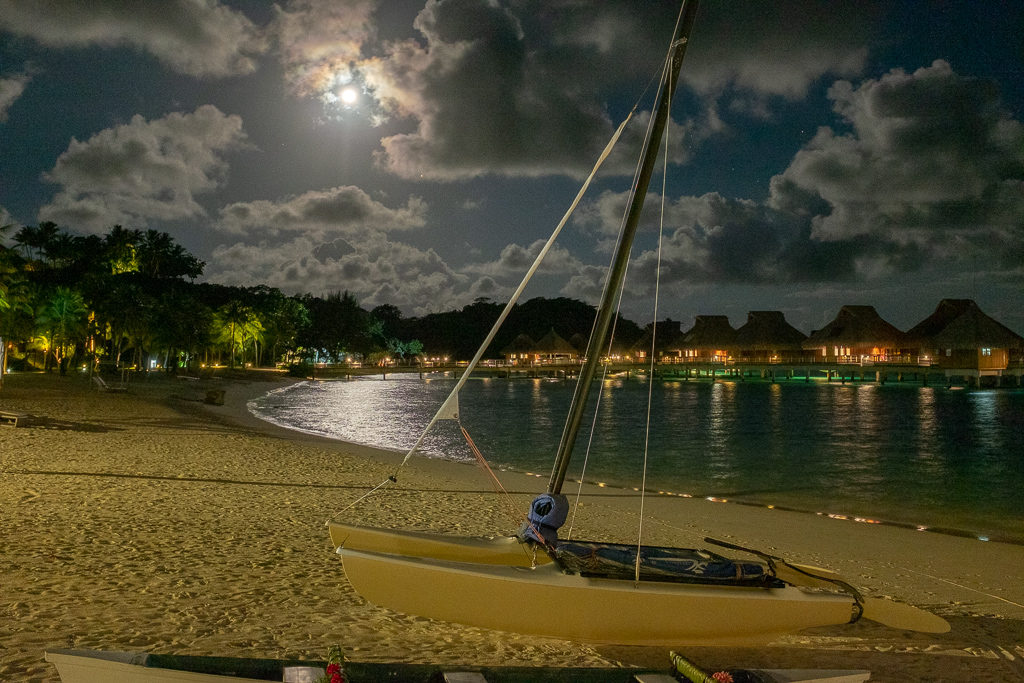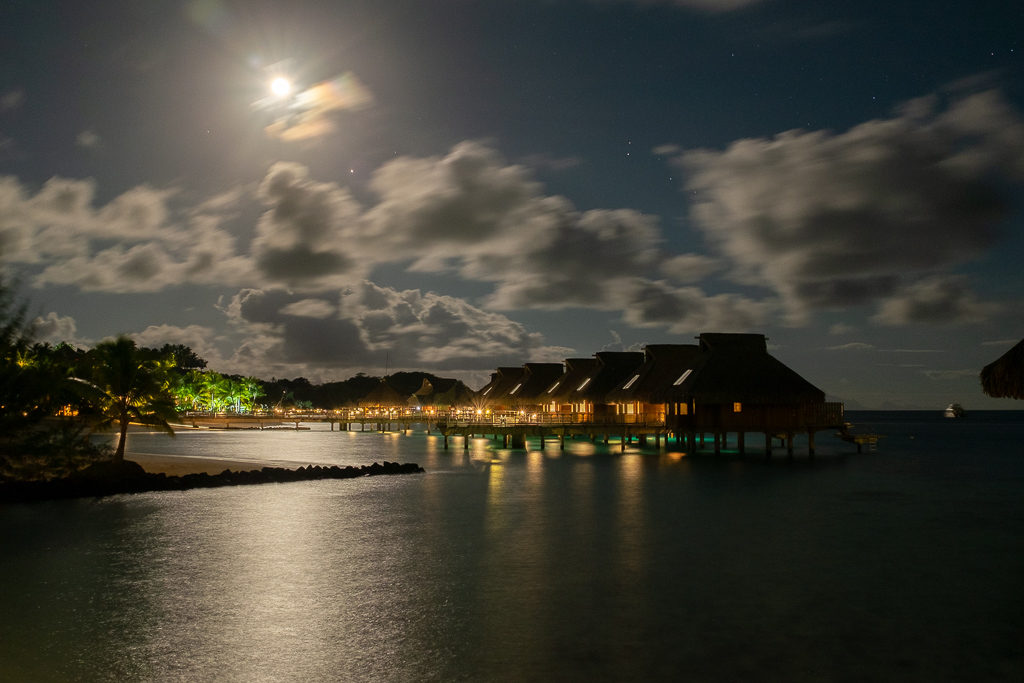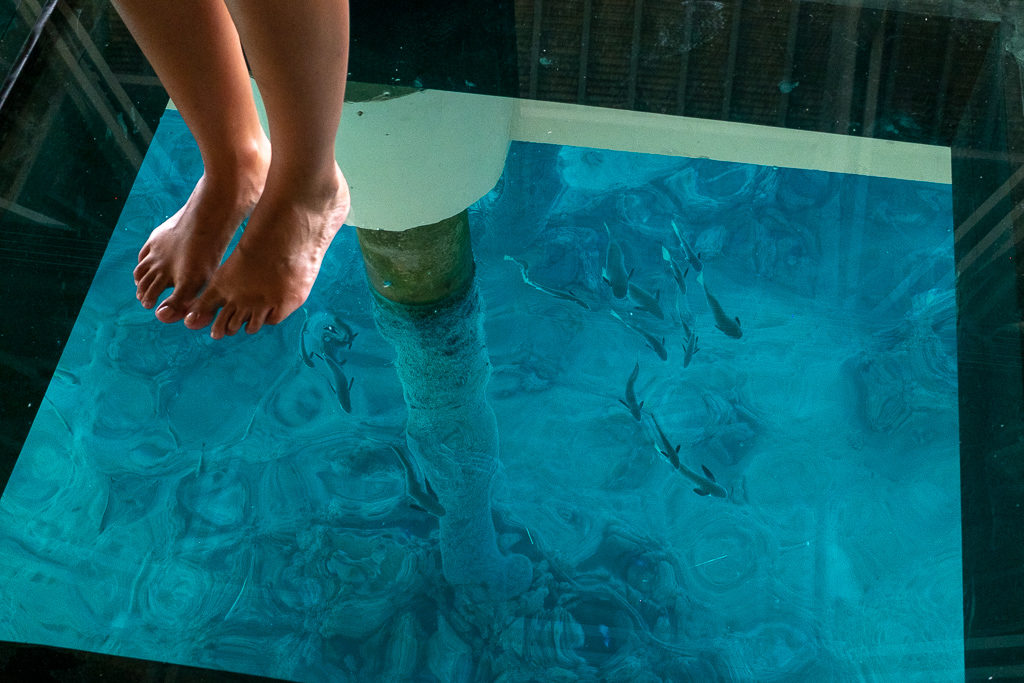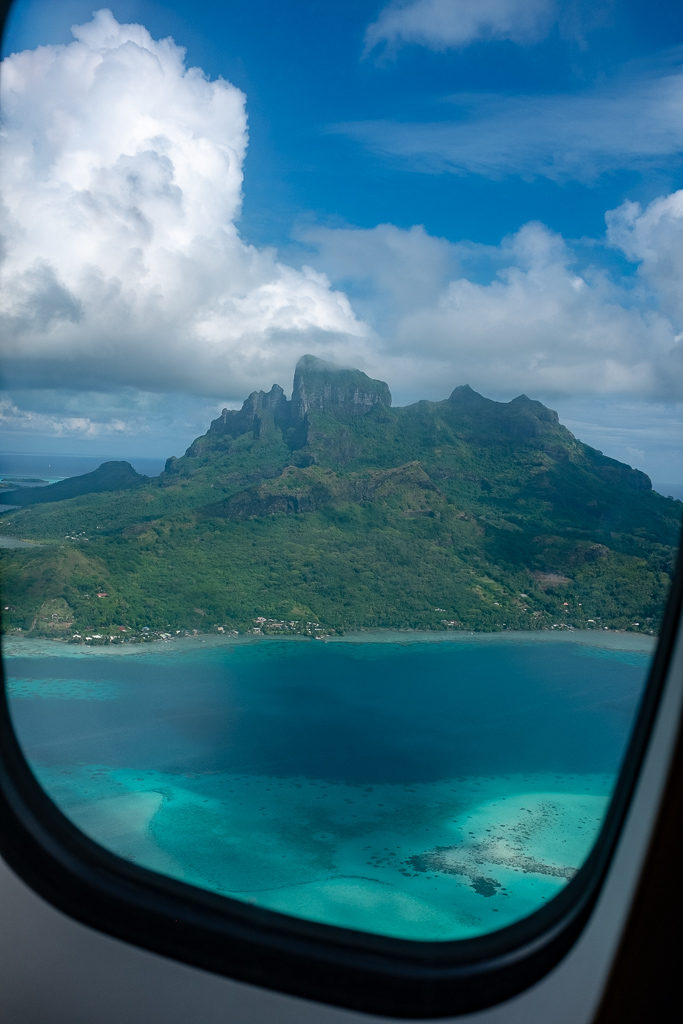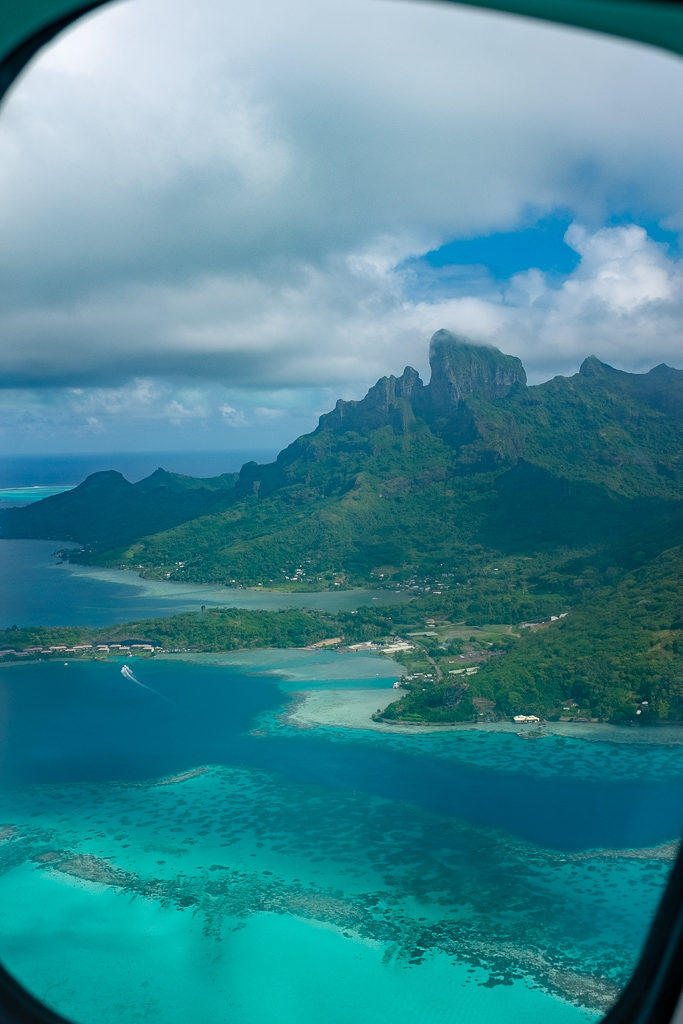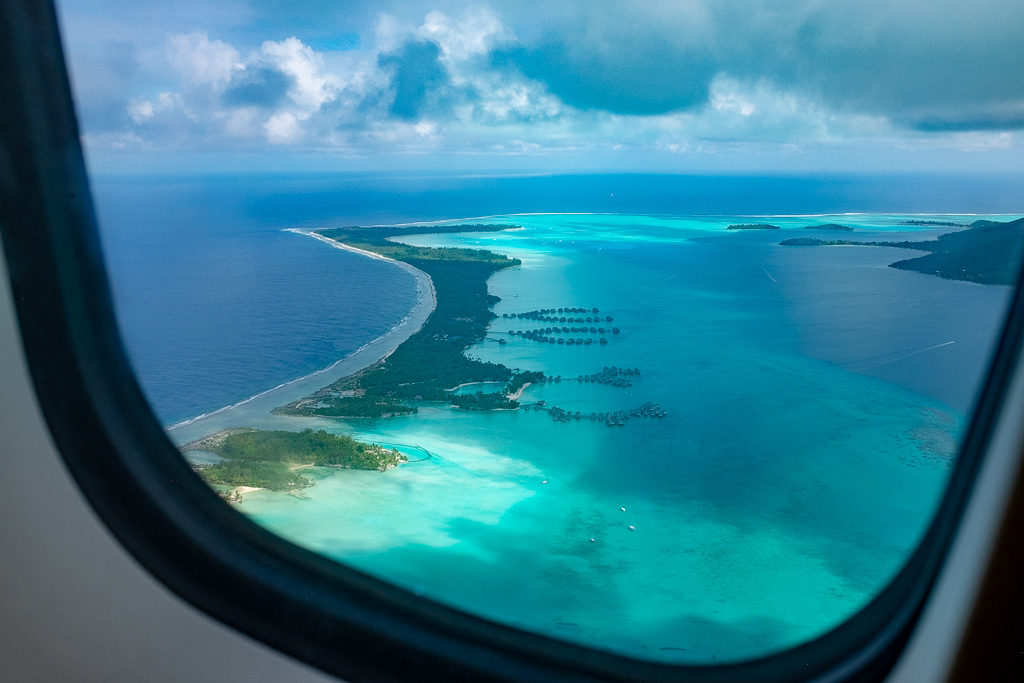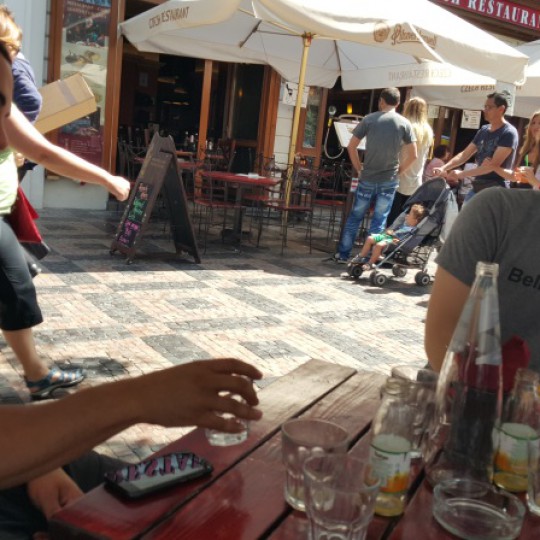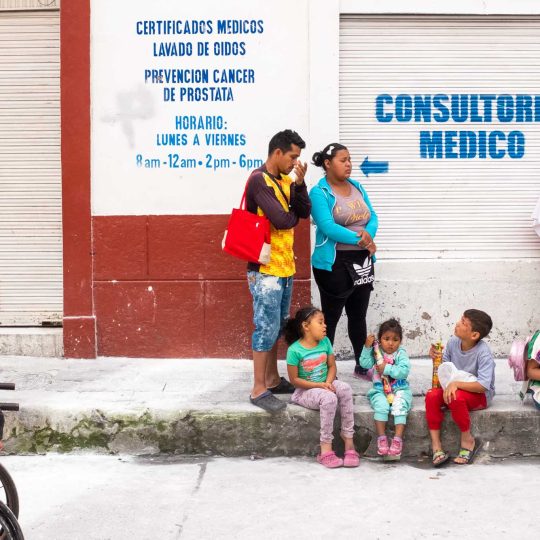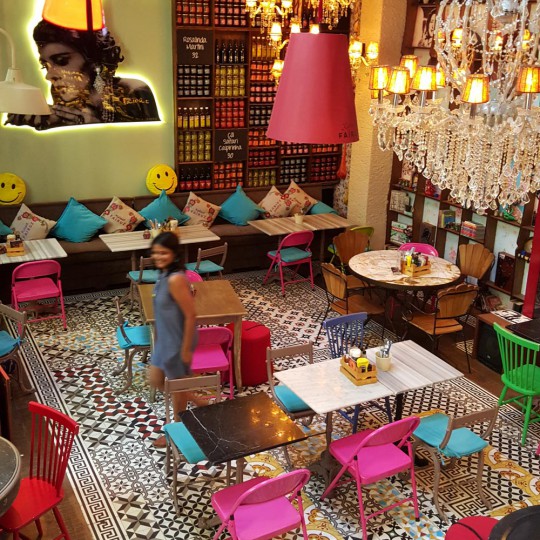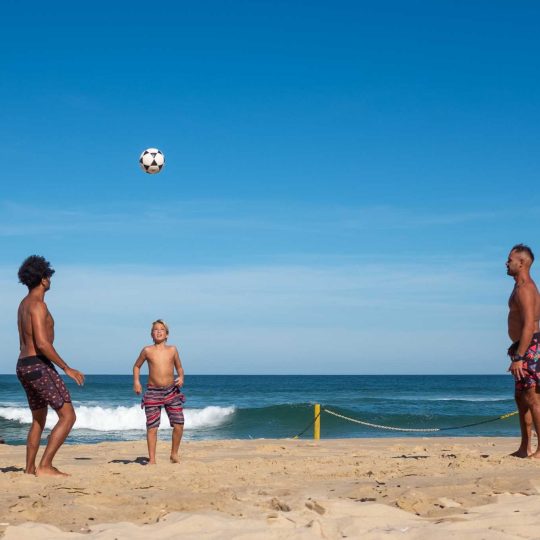Bora Bora is a bucket list destination that I visited for ten days after Moorea. It’s about 150 miles away from Tahiti and distinctly different from both owing to it being a luxury honeymoon destination. Not surprisingly, Bora Bora is a difficult nomad destination as the entire economy, infrastructure and lifestyle is centered around the tourist industry. Because of this it was hard to live like a local — because every local is deeply entrenched in making money from tourists. I spent seven days on the mainland of Bora Bora, right beneath the summit of its captivating, central mountain, Mt. Otemanu, in an Airbnb.
One thing that was surprising is that even though the island is very small, everyone who lives here uses cars to get around from place to place. There is even traffic in the main town of Vaitape during the busy hours. Ironically, the cost of renting a car is over $100 a day. Bicycles are $20 a day. I ended up renting a scooter for a day ($70) to circle the island — which only took an hour, and then renting a bicycle for three days to get into town and to the only sand beach on Bora Bora, Matira Beach. Bora Bora has fabulous beaches, but other than Matira, they are all located on the outlying islands (called “motus”) encircling Bora Bora and owned by private, very high-end resorts and hotels. The other days I ended up walking places in order to avoid the $30-for-a-5-minute-drive taxis.
It’s a discomforting paradox that bicycles are not embraced more here; even the roadsides leave very little room for bicycles or pedestrians. One day during an hour long walk from the Airbnb to Matira beach I was nearly clipped twice by fast-moving cars — rushing to where? How can anyone on this paradise be in a hurry? Of course this is an easy perspective to take as a visitor — but I think anyone visiting mainland Bora Bora would be surprised bicycles aren’t the favored mode of transportation. It is absurd that a tiny island such as this hasn’t mandated use and infrastructure for non-automobile transportation. If not here, where the use case is ideal, then how can anywhere in the world hope to move beyond dependence of oil?
Reality aside, the fantasy that Bora Bora provides also needs to be experienced; for this reason I cashed in four years of credit card points to spend three nights at Conrad Bora Bora, one of those super-fancy vacation resorts, to experience the way rich people, honeymooners and vacationers do Bora Bora. After trying to live like a local and then experiencing it the other way, if you can afford it — go the luxury route here.
Some highlights from the resort include exemplary service, a fabulous buffet breakfast featuring epicurean, lean, savory pork ribs, a vanilla custard tort (this was exactly what my Moorea-induced vanilla addiction required), how are rich people not all obese? There are six restaurants on the resort – each one having entrees between $40 and $120. My favorite meal that wasn’t breakfast came at the poolside cafe, sitting in a below–pool-water booth accessed by stepping stones. I had a $40 shawarma which was perfect. All of the food was also an experience which dulled the pain of spending $120 for lunch.
I splurged my credit card points on a King-sized over-water villa that beyond being immense in size and amenities, has a double-decked back-deck with floor-flushed hammocks and unobstructed, full-frontal sunset views — in for a penny, in for a pound. Without a doubt it was the best villa view available, without a right-side neighbor and facing directly into the sunset. The bathroom was immense with a giant free-standing bathtub that three people could comfortably sit in. Back-to-back sinks with wall-to-wall mirrors, a small working space, a couch, a few tables and chairs. A room for a shower, a room for a toilet. A television that rises and lowers into its own hiding compartment, and rotates via remote control. Bluetooth speakers that can be enabled on the back deck, bedroom or bathroom to broadcast the TV or your own music. This is luxury. The best aspect of an over-water villa of course being the ability to run and jump into the ocean whenever you want. Plenty of fishes and coral under the water afforded excellent naked swimming. It was a smart decision to bring three bottles of champagne to toast the sunset each evening, as well as plenty of Tahiti drink – a branded, pre-mixed cocktail served in quart-sized milk cartons that is made from fruit juice, on Moorea and sold throughout French Polynesia — it was a staple throughout my time in French Polynesia.
In the three days I was at Conrad I took over 500 photographs of the sapphire water (it really is this color you see in the photos), pristine white sand beaches, immaculate palm trees, over-water villas, and illuminated swimming pool at night as it will probably be another four years before I am able to experience such a luxurious destination again, if ever. Some people are able to live like this all the time which while certainly excellent, must also be a curse. If this is your idea of normal how disappointing everything else must be, by comparison. The only direction to go from here is down. “So it’s a good thing I will never do this again” I tell myself as I pack my things to depart after the third night, crying.
I must say that the strategy of staining on mainland Bora Bora before moving to a luxury resort was a good move; on the resort I had no desire to leave and without feeling a need to leave and explore mainland Bora Bora. In this way it felt like I was getting maximum value out of what was being paid for. Even a week after departure, simply editing the photos instantly transports me back to where I was, again asserting in my mind that experiences make the best expenditures. I suppose one might claim the same about investing in a camera to document these experiences, or spending the time to write about them. I’m doing all three in hopes of reaping the dividends in the future.
